Iran is not Iraq. It’s also not Afghanistan or Syria. That should be obvious enough, but the constant stream of tragic news from this region depicted in western media can easily blur some basic realities when viewed without proper context. Prior to our trip here, we received questions from a number of people about ISIS. The thing is, ISIS is a shared enemy of the U.S. and Iran. ISIS has no presence inside Iran. Suicide bombings are almost unheard of in Iran, and incidents of terrorism are much less common than in the U.S. With all of that being said, the relations between our governments are negative enough to certainly give pause to the potential visitor. The distinction that needs to be made though, that should almost always be made, is the difference between hostility between governments and hostility between general populations. It’s possible we often don’t recognize the difference between the Iranian government and the Iranian people, but I can tell you for certain that they recognize the difference between our government and us.
I’ve read enough articles, stories and trip reports, and watched enough documentaries, to have expected a generally warm reception as an American in Iran. If that sounds incorrect to you… I promise you, it’s true. As an American, while you may present a bureaucratic hassle to customs and security agents, you’re simply not going to experience anything but the warmest of welcomes from nearly everyone else. Get your visa in order, follow (at least most) of the rules, and you’ll have an amazing and enriching visit. That has definitely been the case for both of us. There are very few countries that I would be excited for repeat visits to, but Iran can be counted on that short list.
Lets start with our flight to Tehran. Particularly in airports with specially cordoned off flight gates, the preflight people-watching often provides a window to the country you’re visiting. Things started looking pretty weird at the Beijing airport gate when we were awaiting our flight to North Korea. At the gate for our flight to Tehran it was far less clear. There was just a random spread of generally young and fashionably dressed people. Essentially none of the women wore Hijab or Chador. It wasn’t until the plane came to a complete stop at our gate in Tehran and everyone stood up that women started donning headscarves. Most of the women wore them in a way that basically just draped it over the back of their hair, leaving half of it exposed.
The run through customs got interesting for a few minutes for us. Ok, maybe more than a few minutes. We were at the front of the plane and got to the “foreigners” line before most everyone else. There were five or six “Iranian” lines to the one foreigner line that had 10-15 people queuing. Very few of the foreign passengers appeared to be westerners. We were the only Americans on the flight. Well, frankly we didn’t encounter any other Americans on our entire visit, so there’s that as well. Anyhow, when I strolled up to the immigration officer and handed over my passport, he kind of took a deep breath and began digging for additional forms that he had to complete by hand in Farsi. When the rest of the people behind us saw that we were Americans, they all immediately fled to other lines. The officer told us to wait and left, and we waited a while. Seriously, a while. Everyone on the plane cleared immigration and there were no officers or passengers around. It was just us two at one of the empty immigration desks.
Eventually, a new and very hyper immigration officer arrived and brought us back to a private room. I must admit, I was a little concerned at this point. The visa process for an American visiting Iran is a bit convoluted, but we received ours in about 3 weeks total. We had to get an authorization number from inside Iran, something that a licensed tour agency provides to you. The next step is to mail an application to the Iranian interests section of the Pakistan embassy in Washington D.C. We got our passports back with very lovely full-page Iranian visas without any issues whatsoever. So, I was pretty confident that all of our documentation was in order, but the feisty immigration officer was still a touch unnerving at first. It didn’t take too long to figure out that all he wanted was to get full fingerprints from me. The problem was that he was trying to use a computer that was probably powered to run Windows 3.1 and looked like it was made from spare components. More importantly, while I don’t speak or read Farsi, I’m pretty sure after recording a fingerprint he should have clicked on the green “check” box instead of the red “X” or “reset” boxes that he kept clicking on furiously and getting frustrated when my prints disappeared from the window. This went on for a while and he eventually gave up. At one point I timidly pointed at the green box, but I’m sure that only guaranteed he wouldn’t try that box.
After far too many furious mouse clicks and forcing of my hand on the scanner, he just abruptly handed me my passport back and said “Good Bye” while he still had the other passport. But wait, did he think I was just going to take off and leave? Uh, nope. So I stood around there for a bit while he kept trying to talk to, seeming certain that one of us spoke Farsi. After that, they had us wait on a bench that overlooked the luggage carousels. The officers ignored us for a while longer and eventually a new guy showed up, grabbed the passport and called her over. This guy spoke decent English and basically just asked her the usual “Where are you from?” and “What are you here for?” questions. He seemed to want to double check that she wasn’t Persian and that we were, in fact, married. Then we were on our way, free agents for a moment. After customs (where we were ignored), there was a kiosk giving away strawberry concentrate covered ice cream bars promoting an Iranian brand. We met our driver and strolled outside to a brisk sunny day, enjoying our bright red heart-shaped ice cream bars.
The infrastructure in Tehran is solid: multi-lane highways in great repair, streetlights, factories outside of town, flashy billboards splashed with new cellphones, clean well-stocked stores. We arrived on “Revolution Day,” a national holiday, and the place was draped in Iranian flags and posters of the Ayatollahs at every turn. As we got further into town and pedestrian traffic got more dense, I could see that the women on our flight were no anomaly. In fact, women in full chador are more the exception than smartly dressed women with their hair just barely covered in bright, patterned scarves. It’s pretty cold in Tehran right now, so maybe that makes it easier. Nonetheless, most local women are more conservatively dressed in Dubai than in Tehran.
Our guide for our entire eight-day visit was an exceedingly friendly 27-year-old lady named Nadia Badiee (check out Uppersia.com). She was the youngest female to get a tourism license for guiding Americans in Iran (which requires a special license). Because there is no embassy presence, citizens of the USA, UK, and Canada are required to be accompanied by tour guides with this special license. There are similar government regulations in North Korea, but those apply to ALL visitors. Iran may have been mentioned in the same breath as North Korea in presidential speeches that almost seem quaint these days, but there are otherwise very few comparisons to be made. Iran is a very open society. Tourists from many countries travel freely without any restrictions. Before our visit, I had imagined a very structured, regimented, and possibly sterile visit, but the whole thing has felt like meeting up with old friends. Nadia showed us around Tehran and we had dinner with a very nice family. English fluency is a bit uncommon in Iran, so many interactions were limited by the language barrier. At nearly every stop we were approached by people who wanted to know where we were from and were extremely friendly and welcoming upon finding out we were Americans.
On our first full day in Tehran was spent in Darband, in the northern section of town. We rode the subway for a number of stops and got the full public transit experience. The subway in Tehran is on par with any modern city and has clean stations and newer, clean trains. The stations themselves aren’t particularly striking in design or decorations (like, for example, Moscow), but photos are prohibited there so it’s just as well. One interesting detail is that the cars in the front and back or the trains are reserved for women passengers only. The other train cars are for men or couples. We rode in the car next to Nadia and a group of young guys tried really hard to make small talk with us in broken English. In Darband, we visited the Emamzadeh Saleh mosque and nearby Tajrish Market. We also spent some time in a very hip café attached to an Iranian cinema museum. This was during the national holiday, so some of the shops (and banks) remained closed. There was a significant police presence that seemed to be there because of the increased crowds. The Tajrish bazaar had some shops selling just saffron in quantities that were almost bewildering. Very high quality saffron sells in Iran for about a tenth of U.S. prices. Some of the things that would catch our eyes in the bazaar are probably a bit mundane for locals, but things like the open air displays of 7-layer spices and huge bins of pistachios and walnuts and dried dates and all manner of olives and candied fruits were really interesting to see. Snow-capped mountains frame Tehran, and we were lucky to have clear skies for our entire visit, making for a truly stunning backdrop.
On our third day we caught a flight from Tehran to Shiraz. As per our usual M.O., we came frighteningly close to missing our flight check-in window. Nadia always managed to find a way to cut through the lines, doing things we wouldn’t have dared try. Security in Iran splits into male and female sides, so I was on my own for a couple minutes for that portion. The airport security guy past the metal detectors asked where I was from and my reply of “American” started a chain reaction of officers yelling back and forth in Farsi and some weirdo officer with an open, bleeding wound on his thumb taking my passport and yelling at the other officers for a minute or two before giving it back and sending me on my way. The pilot for our domestic Iranian Airlines flight was a woman, which was an interesting surprise. Nadia was seated in the row behind us and pointed this out loudly and proudly in English in response to a guy seated next to her that was being kind of a jerk about it. When the captain introduced herself over the intercom the guy scoffed and said a number of derogatory things like “she needs to stay home and be captain of a washing machine.” Gender equality in Iran is better than I imagined, but they still have pretty far to go.
Shiraz was nice and warm compared to Tehran and we had great weather the whole time. The complete lack of any humidity was a little rough coming from Florida. The highlight of the trip was probably our trip to the necropolis and Persepolis, which we spent a full day visiting and hiking around the ruins. Our Persepolis day had a bit of a rocky start when I realized early in the day that my iPhone had slipped out of my pocket when I exited a taxi in Shiraz. Nadia sprung into action immediately calling the hotel, figuring out which taxi agency was likely there in front, and calling the agency and describing the car we had ridden in. Nadia decided we needed to just drive to the agency, which was not far away but was tucked around several back alleys. I was already mentally working through needing to just wipe the phone remotely and plan on shelling out for a new one when we returned home. When we got to the agency, the owner came over and had my phone, which was just amazing and really made my day. Thankfully that only set us back maybe thirty minutes before our Persepolis excursion.
Shah Cheragh, also called the “Mirrored Mosque”, was another major site in Shiraz that we really enjoyed. Pictures hardly do it justice. Every surface is covered in intricately carved mirrors at different angles, giving it an otherworldly feel. The idea of the mirrors, which have sections dating back hundreds of years, is that your image is always broken, keeping your focus on god rather than yourself. Mosques are another place where men and women are completely separated, so she and Nadia were in the other half with a local guide that wore an adorable beauty pageant type ribbon that boldly said “International Relations.” I would have liked a bit more time in the mirrored mosque, as the local guide seemed to want to rush you through. After a few of these mosque visits, I did come away with a very basic understanding of the Shia/Sunni separation. The divide has been mentioned in countless articles as the source of sectarian violence, but I’ve never really read or seen anything that made the distinction clear to me. First thing: the only officially Shia country is Iran. Shiite communities are in Islamic countries all over, but Iran is the only one where it is the official religion and is in the majority. For a Catholic/Protestant type of comparison, Shiites would be the Catholics, with more elaborately decorated mosques and officially determined leaders (Ayatollahs) that would be comparable to the pope. From my completely outsider view, another visible distinction is that Shia Muslims pray with little discs of earth brought from Mecca that they rest their forehead on while praying. Sunni Muslims just face towards Mecca. Praying in this manner over years of time will leave a darkened mark on your forehead, something we actually saw quite a lot of in Egypt. Interestingly, I didn’t see very much of that in Iran. Things like calls to prayer and people praying openly were not nearly as visible as they were Egypt, which really surprised me.
We closed out our time in Shiraz with a fancy dinner at the Karim Khan restaurant complex. All of the food on this trip was excellent, and this place was no exception. We really enjoyed Chelow kebab and Kebab koobideh, which always seemed to be perfectly juicy. Tahchin is a crispy rice dish filled with berberis, saffron and chicken and was really good as well. Another dish we had a couple of times was fesenjan, a saucy chicken dish, similar in appearance to Mexican mole, with a sauce made from pomegranate and ground walnuts. We enjoyed fesenjan enough that we made sure to repeat it, figuring we likely wouldn’t be able to find anything even close in the U.S. Iran definitely has an appreciation for sweets as well. You can find Turkish-style little baklava honey-pistachio sugar bombs, just like in Istanbul. Bakeries are well stocked with eye-catching pastries, cookies, and cakes, just like in any European city. However, our favorite Persian dessert was definitely Ranginak: dates stuffed with crushed walnuts and covered in a thick sugar and cinnamon glaze with a touch of sesame.
Making our way back to Tehran from Shiraz consisted of a couple of bus trips. First, we hopped to Isfahan for a couple days for more sightseeing and shopping. Isfahan has a huge public square called Naqsh-e Jahan (aka Imam Square), framed by a couple of beautiful mosques and historic palaces. The most memorable was the Sheikh Lotfollah mosque, which had the most amazing dome pattern that looked like the sun radiating outward. There was a spot in the mosque where you could stand and look up and the part you were looking up at would balance with the higher ceiling, showing the moon and sun joining together. We also visited the Bedkhem Church, an historic Armenian Christian church in Isfahan. The prevalence of practicing Christians (and Jews, even) in Iran was particularly surprising to me. Jewelry stores sold crosses right along with everything else. I know it can’t possibly be totally straightforward practicing a religion other than Islam in Iran, but there sure didn’t seem to be any issues openly associating with other religions.
From Isfahan, we caught our last bus, bringing us full circle back to our same hotel in Tehran. We only had another day to go at that point, and the reality of the trip coming to an end had sadly started to sink in. Nadia joked that maybe we could have another American hostage crisis and keep us there a while longer, but we agreed that the food and sightseeing wouldn’t be as good on that kind of trip extension. We managed to cram in visits to Azadi Tower, Milad Tower, and Golestan Palace and bazaar in a very short amount of time. Getting out of Iran was decidedly more straightforward for us than getting in. With “Gold” airline status we went to a Turkish Airlines special immigration counter and got escorted to the business lounge after a quick passport stamp and no questions or hassles. There were only a dozen or so flights up on the board for the day and our flight was on time. We were really sad to go and would love to come back some time. Iran was definitely one of my favorite trips so far.

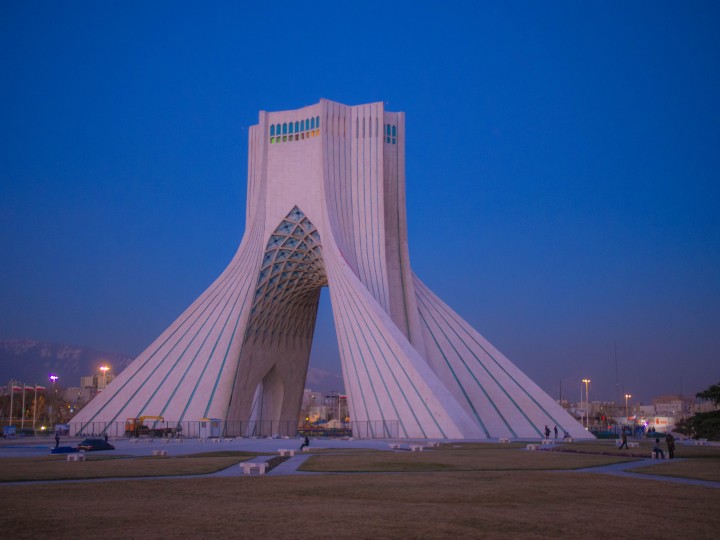
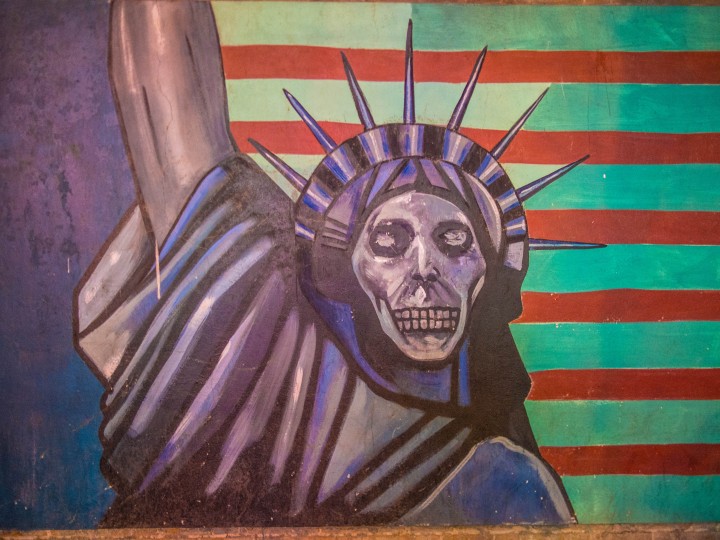
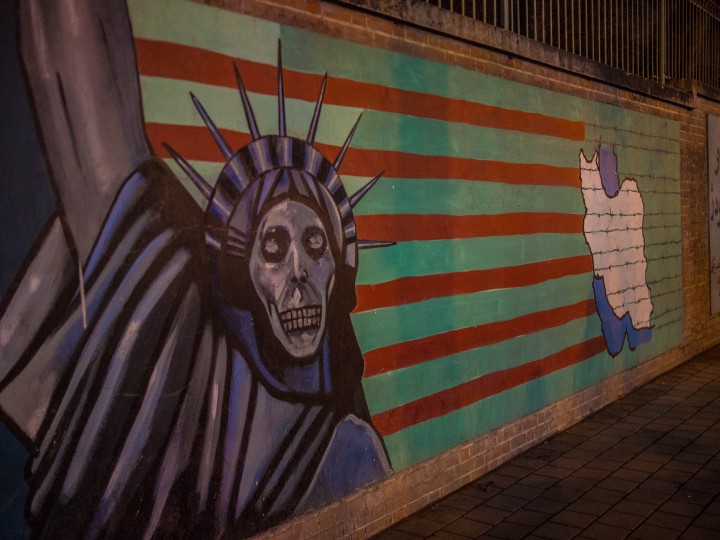
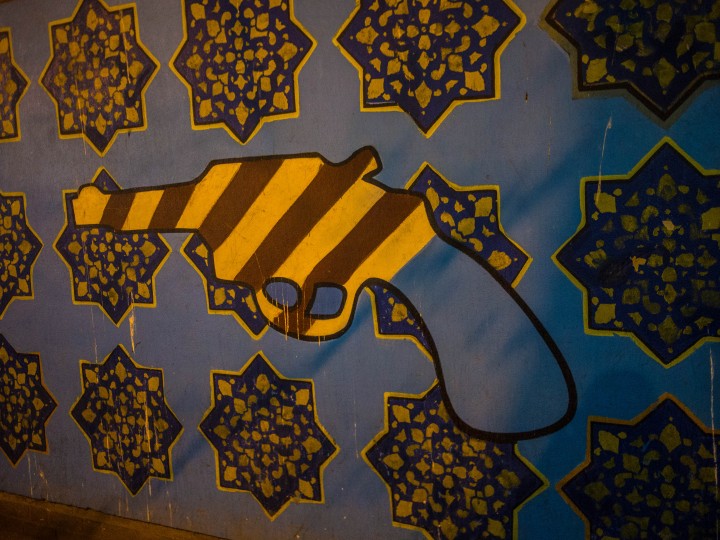
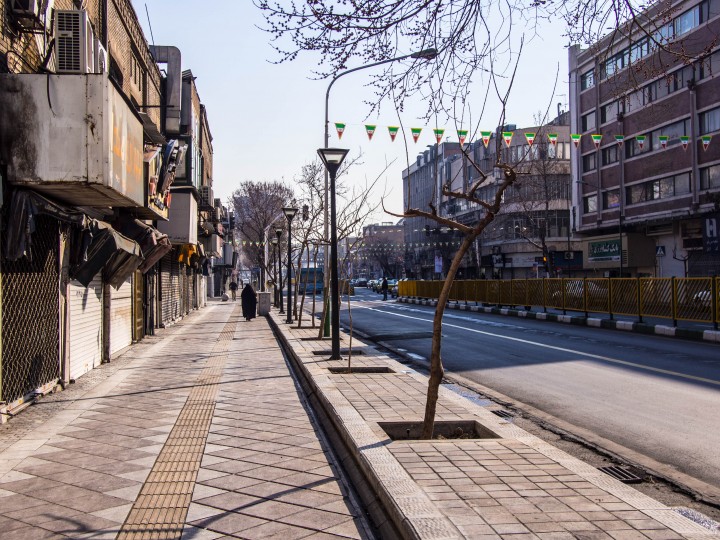
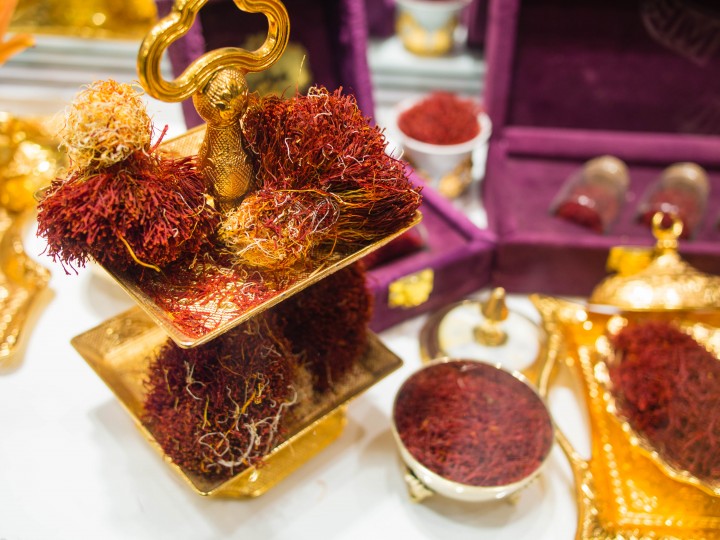
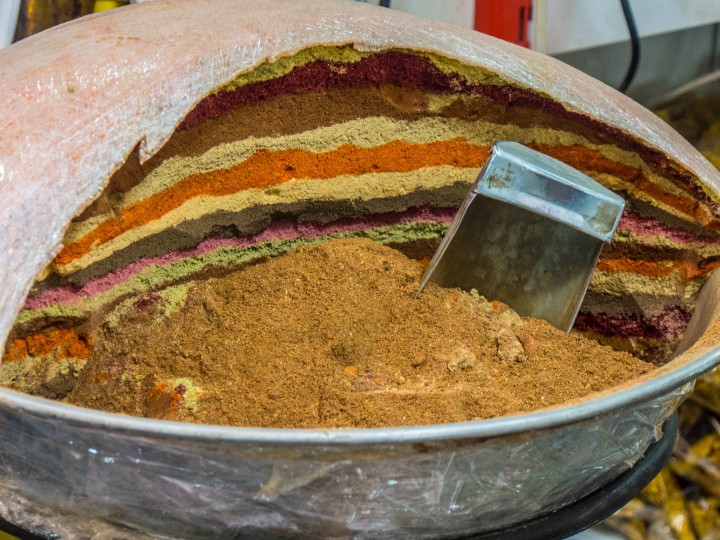
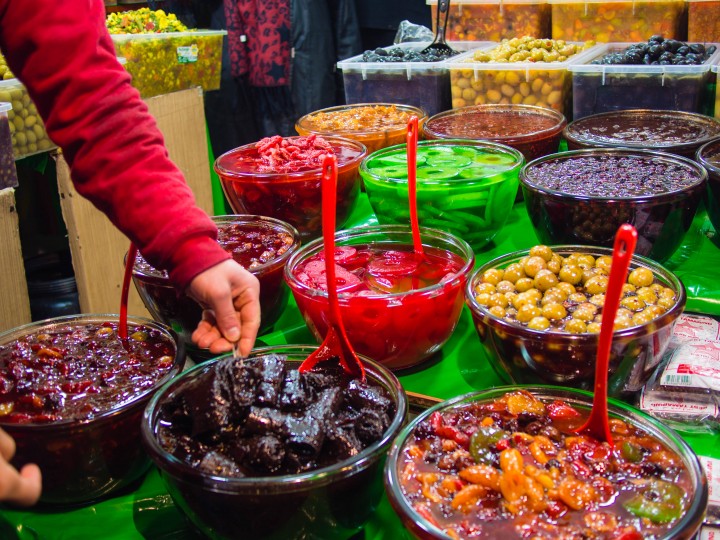
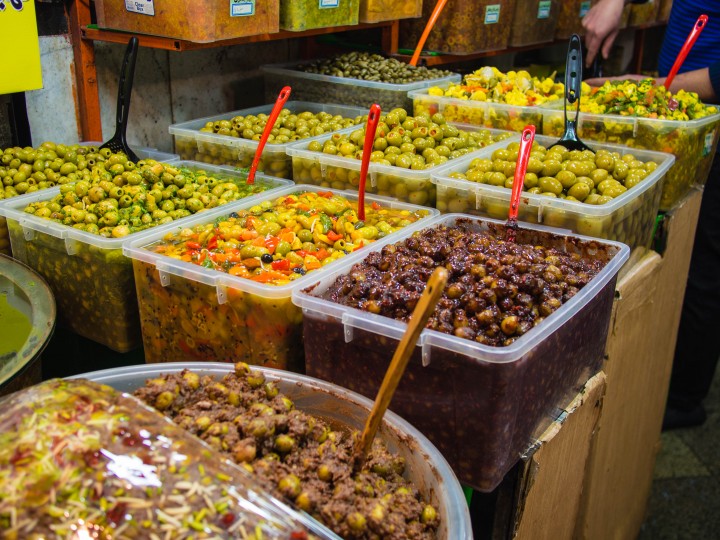
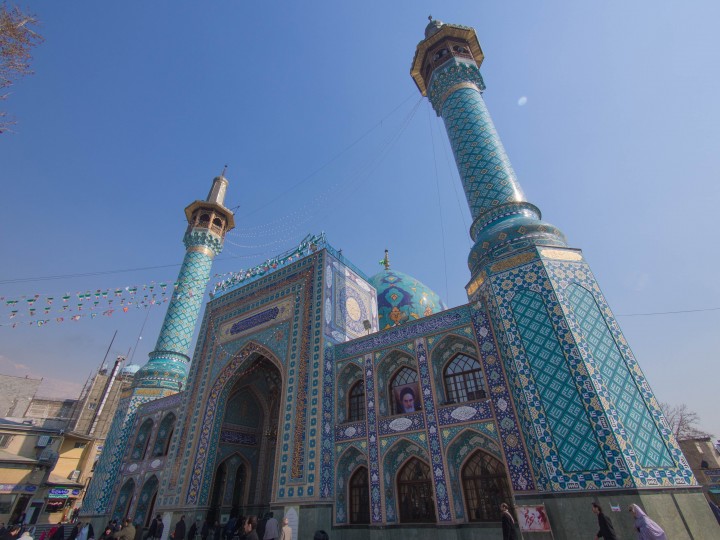
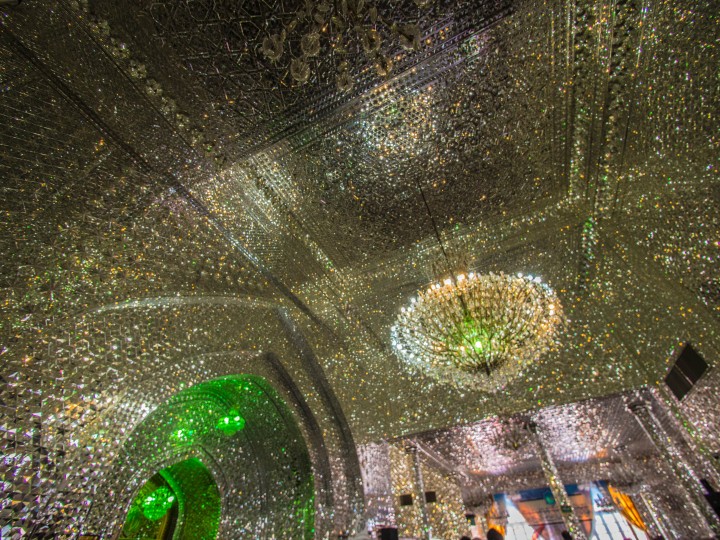
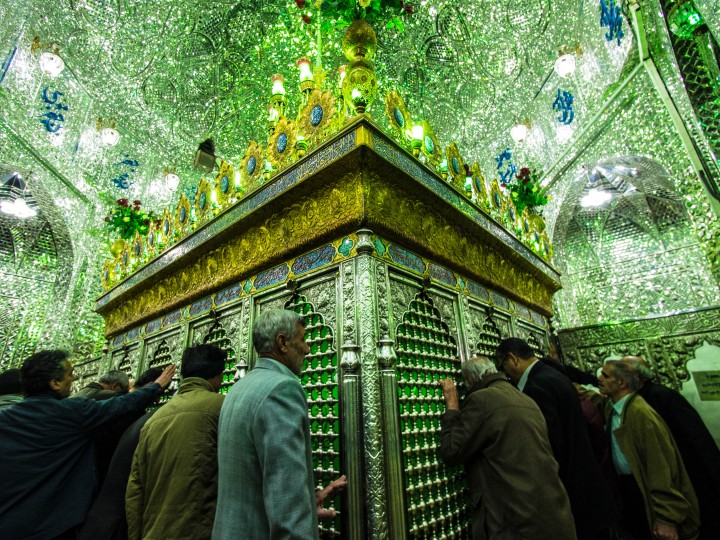
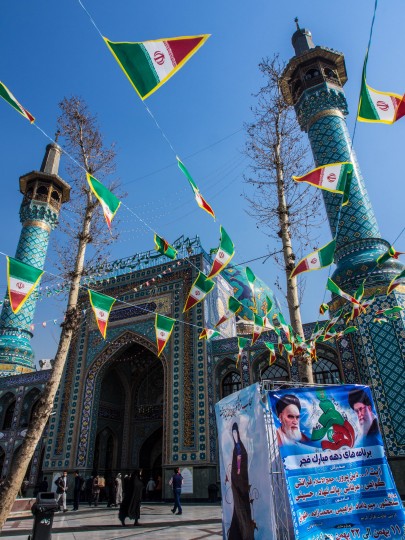
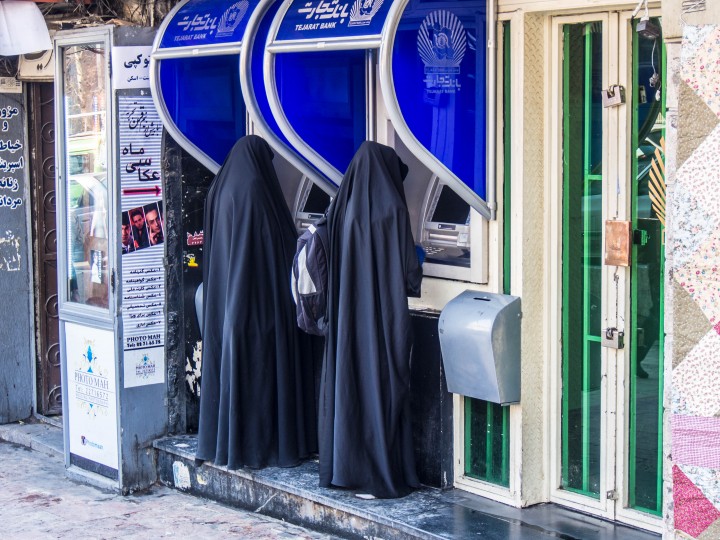
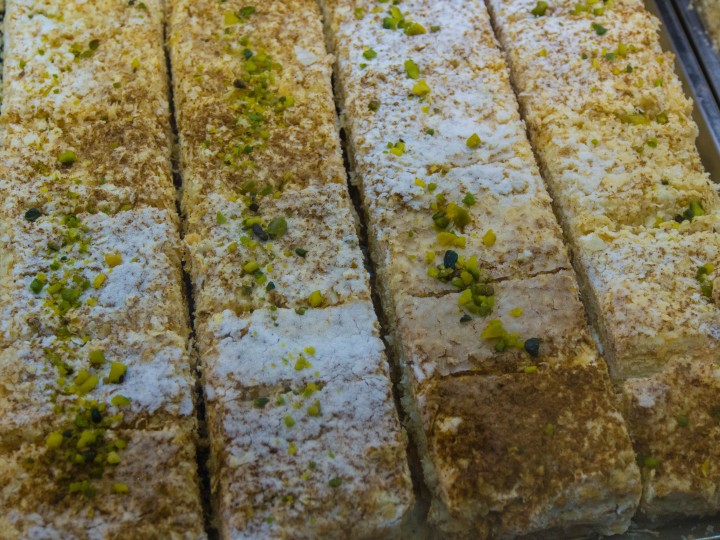
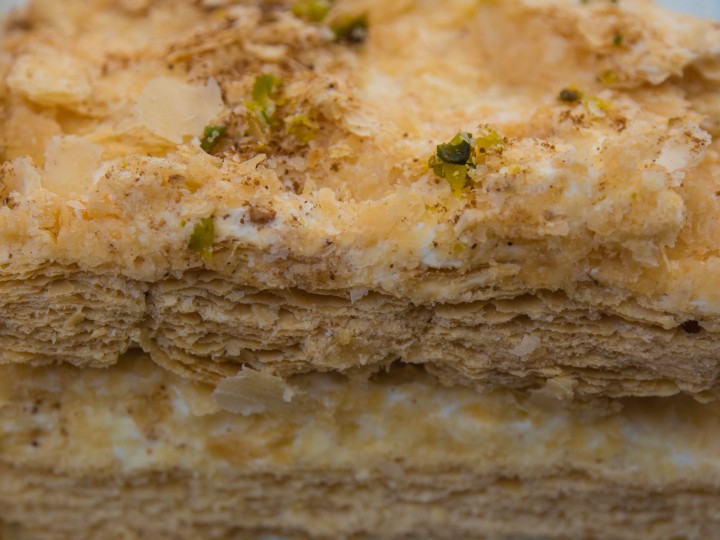
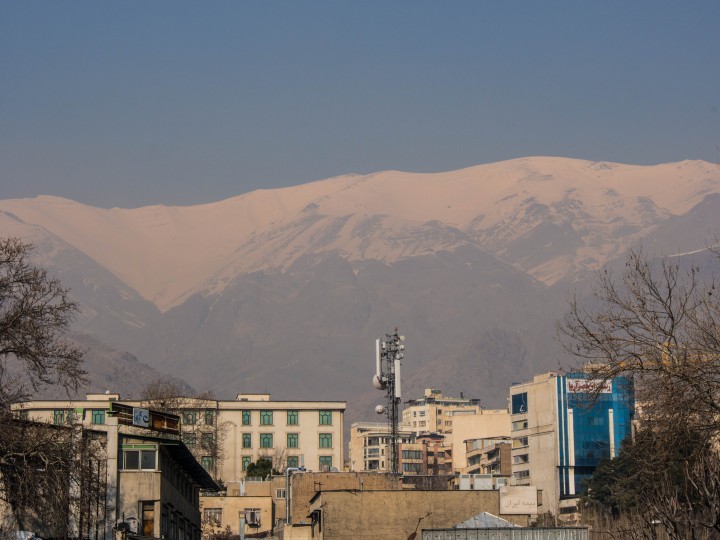
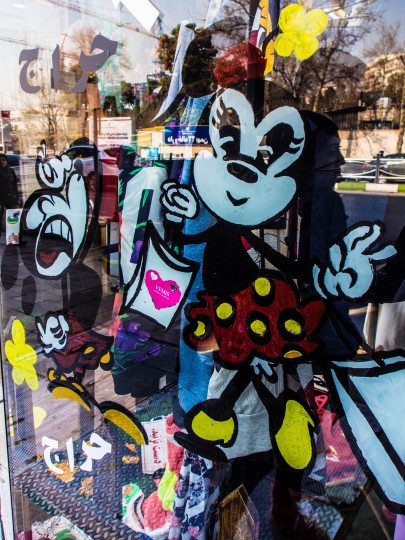
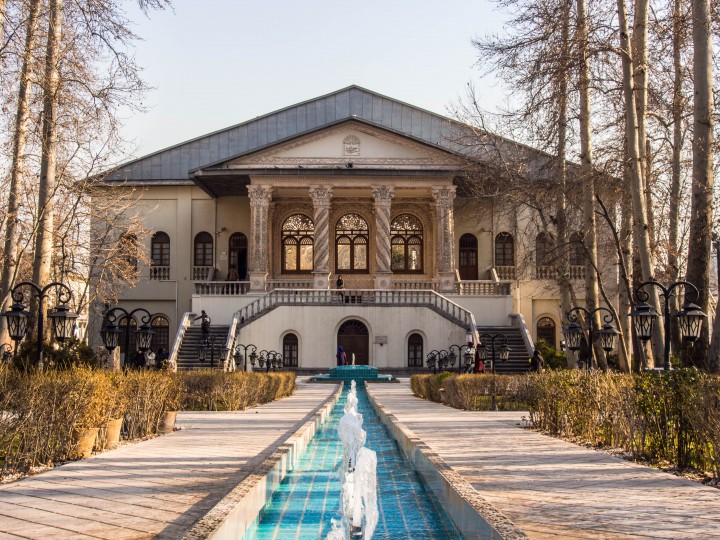
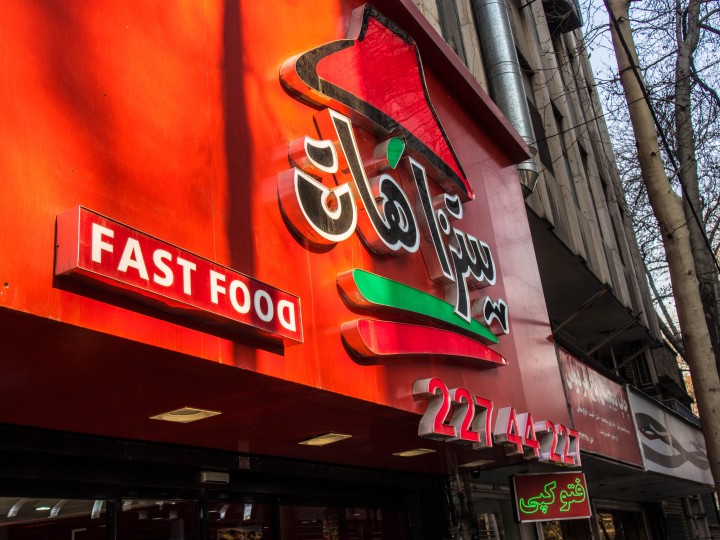
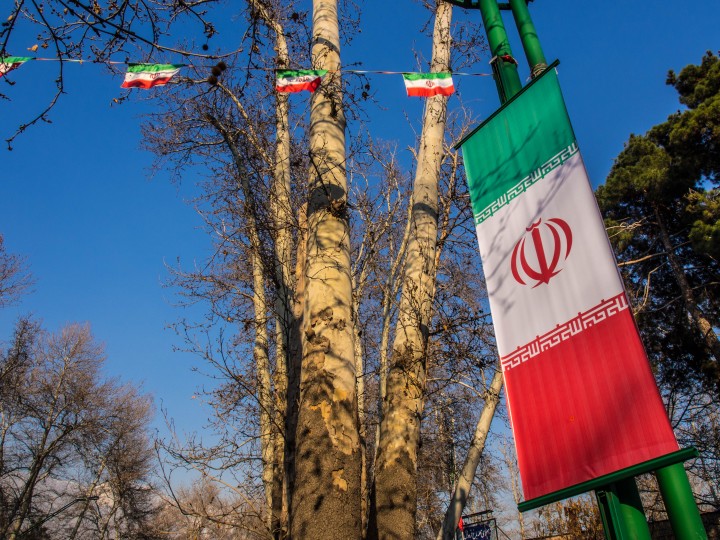
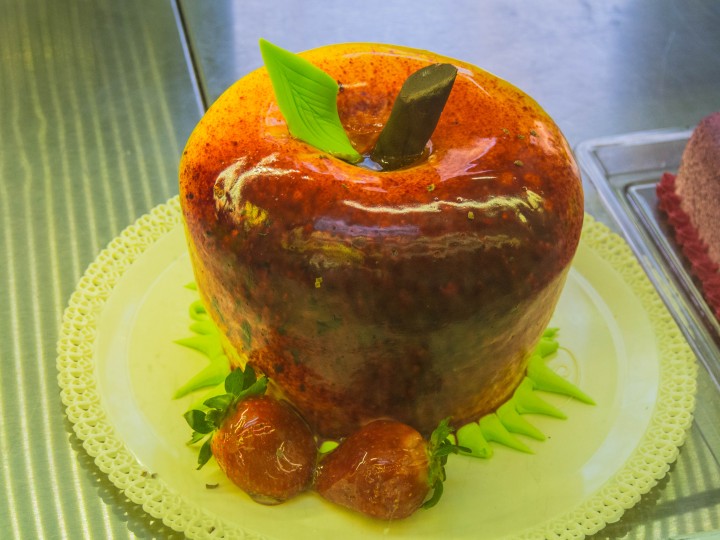
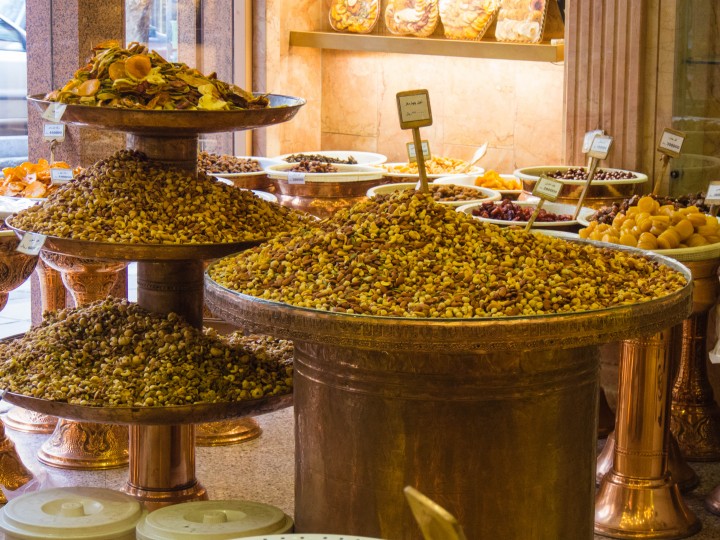
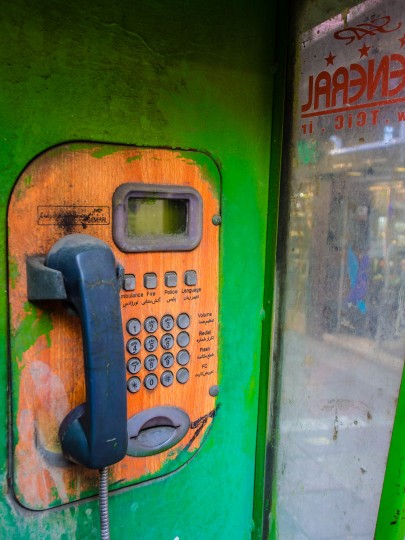
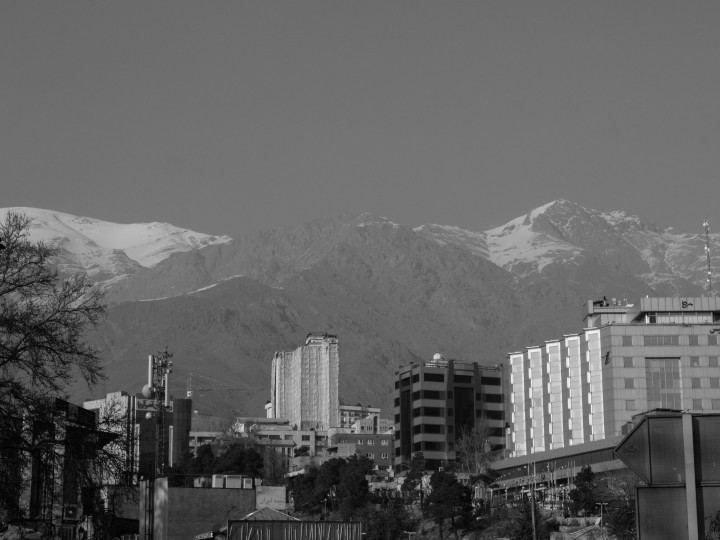
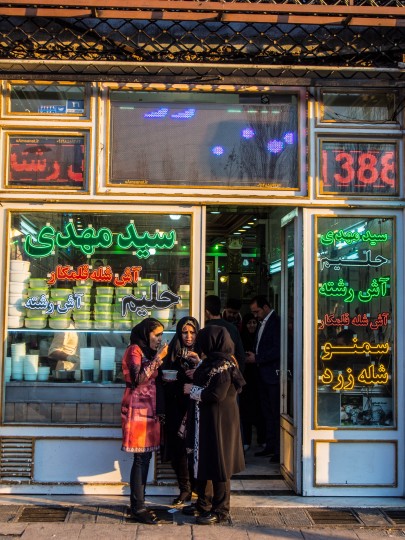
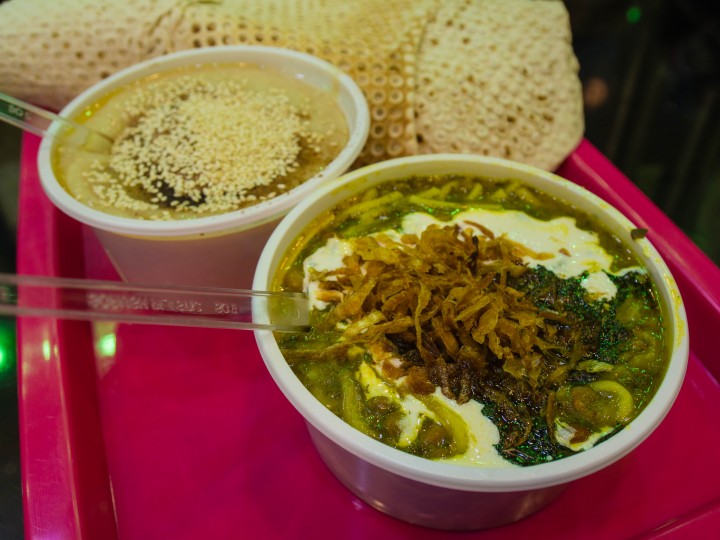
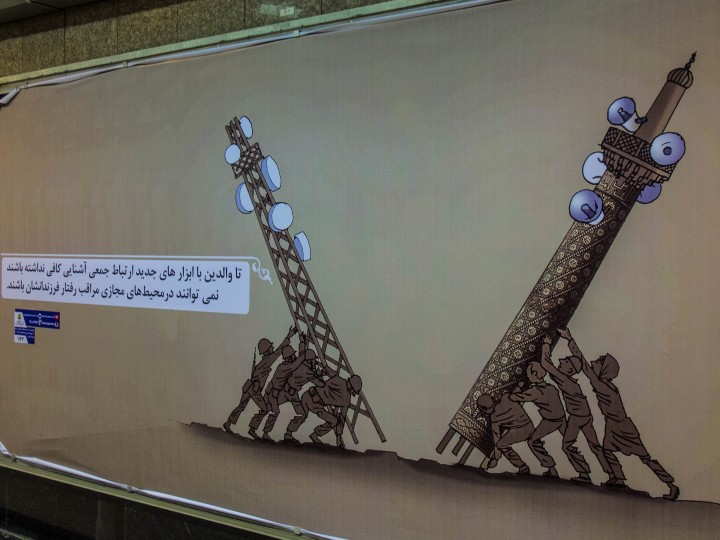
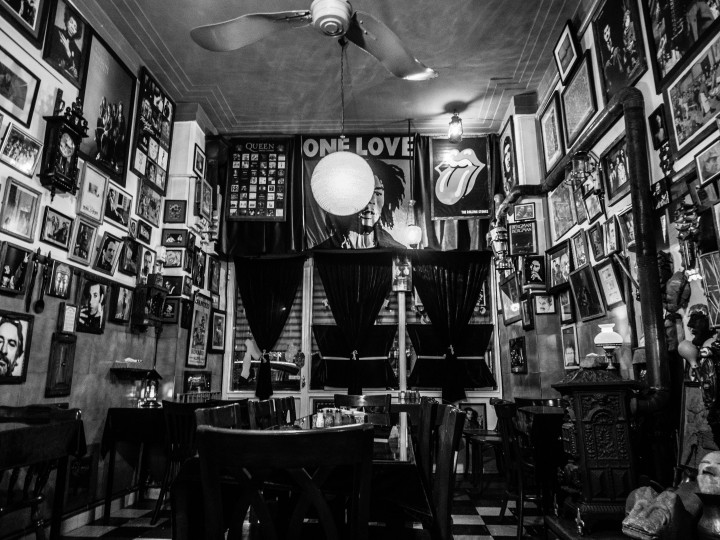
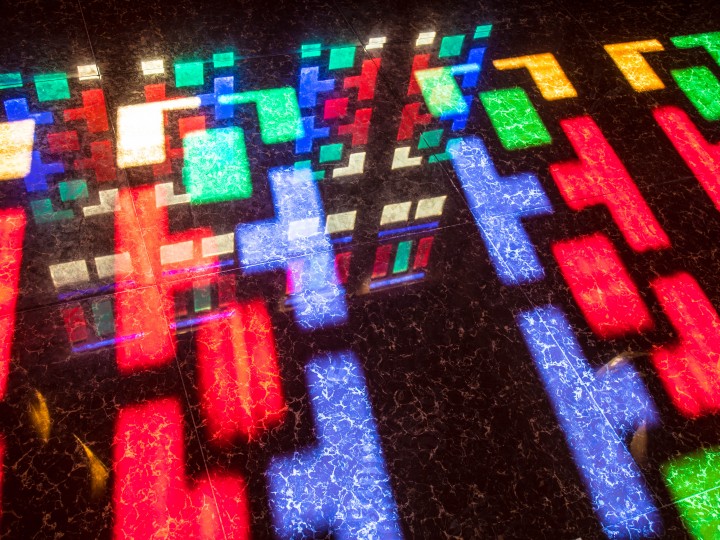
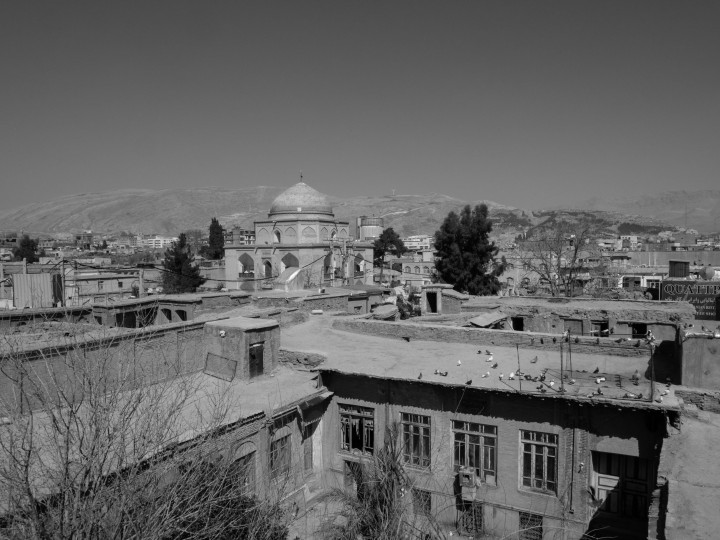
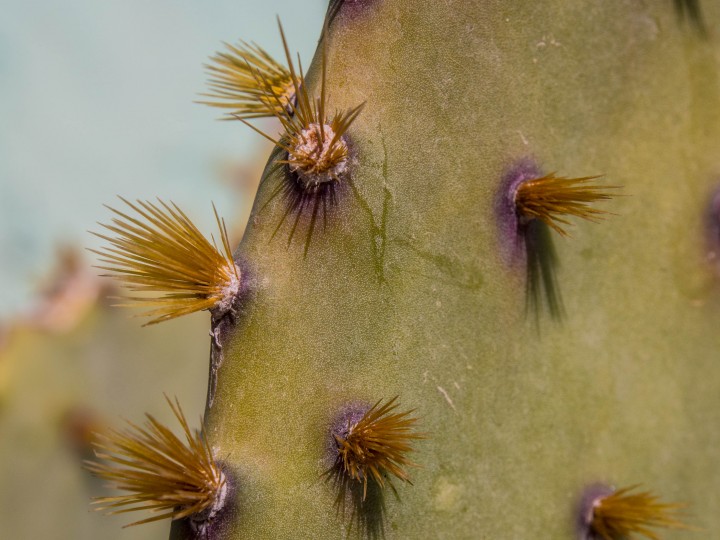
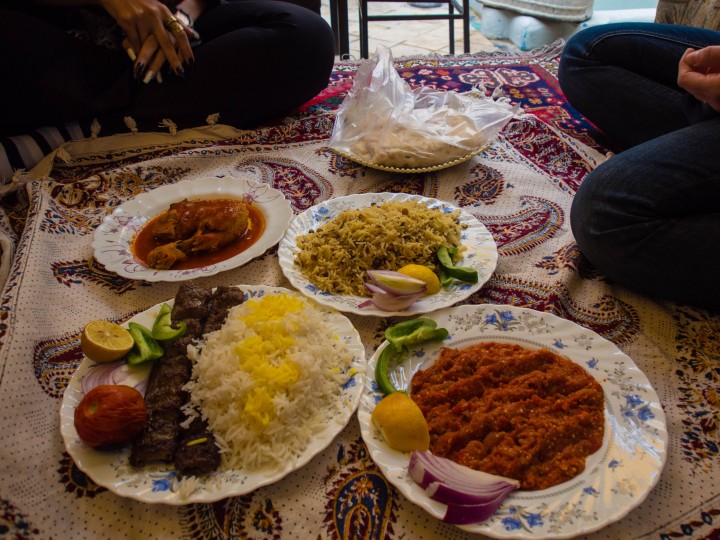
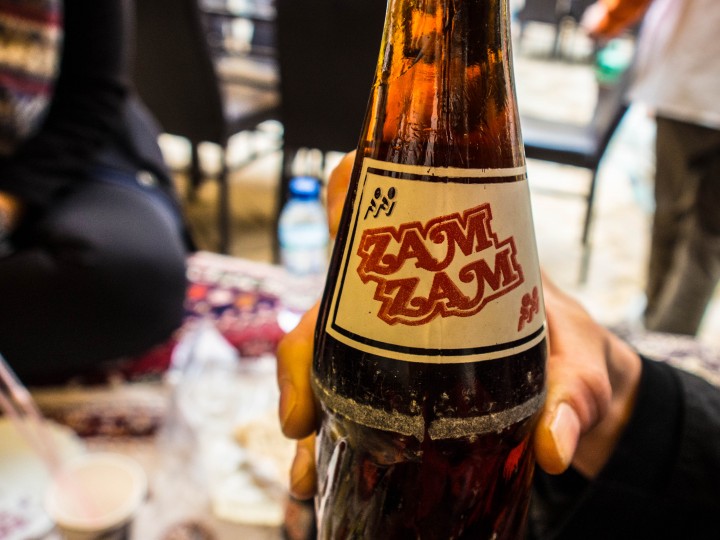
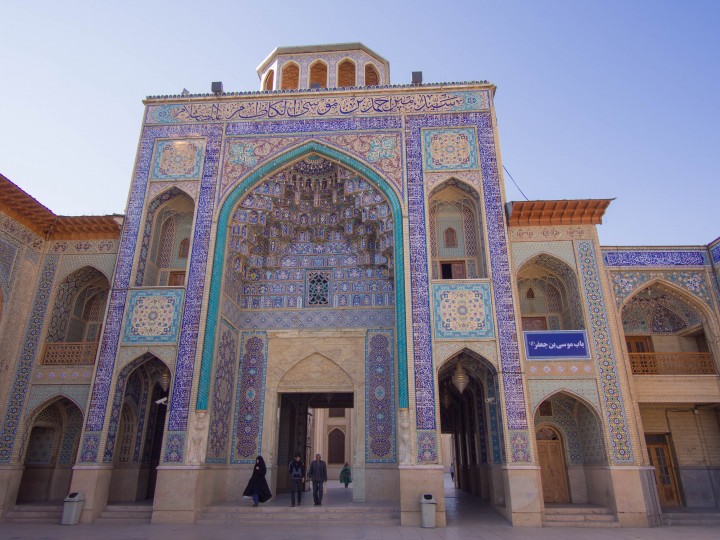
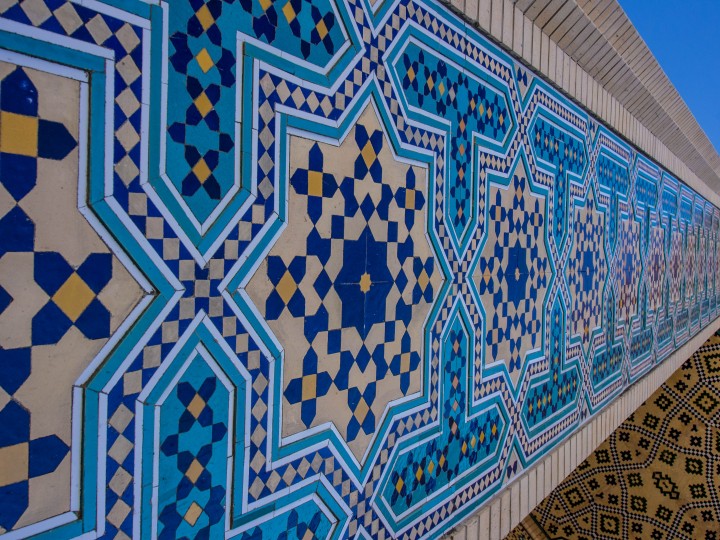
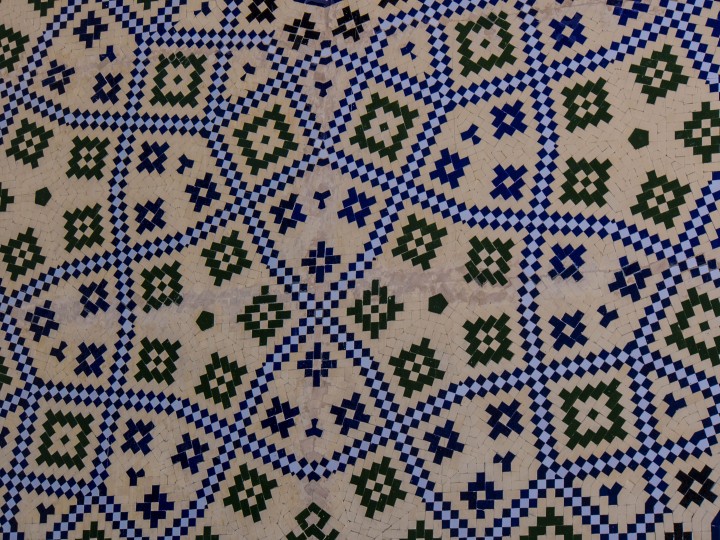
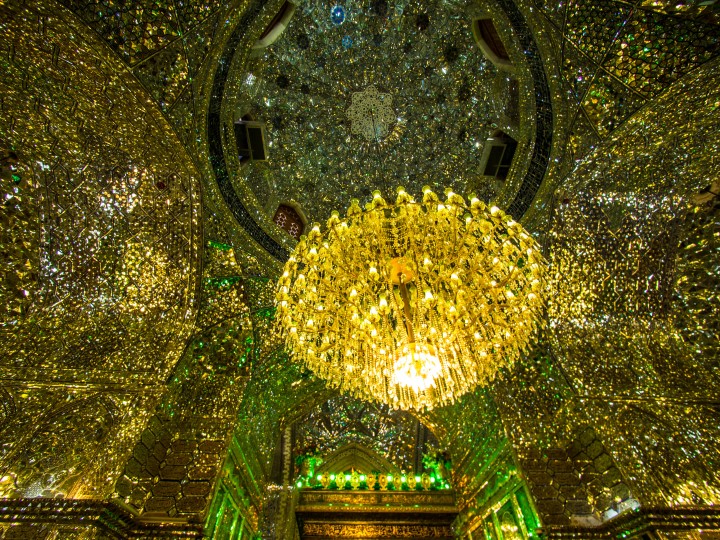
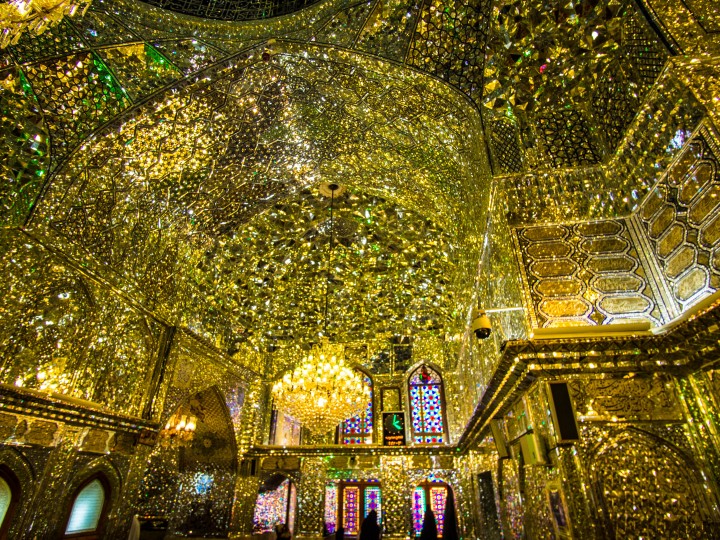
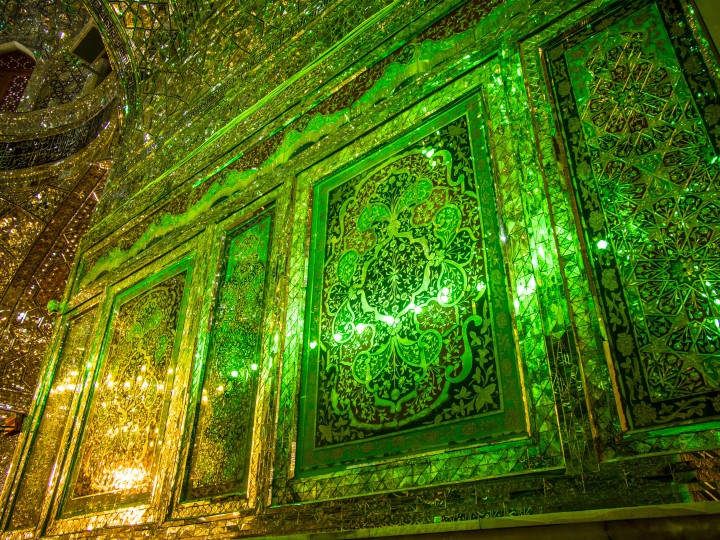
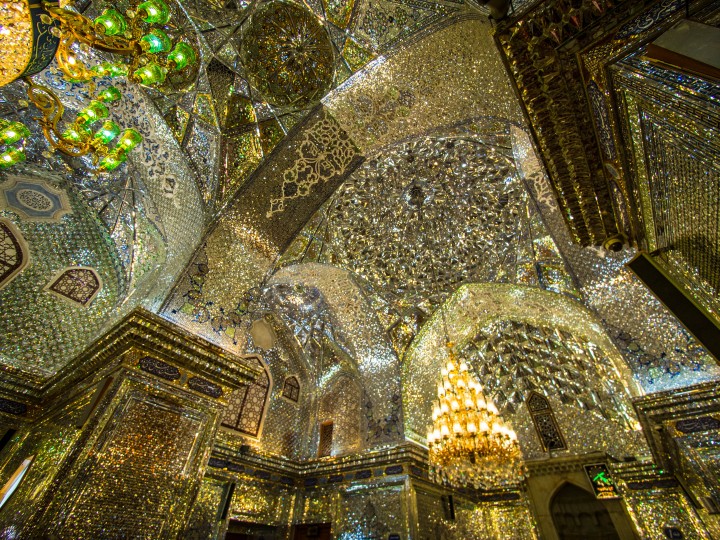
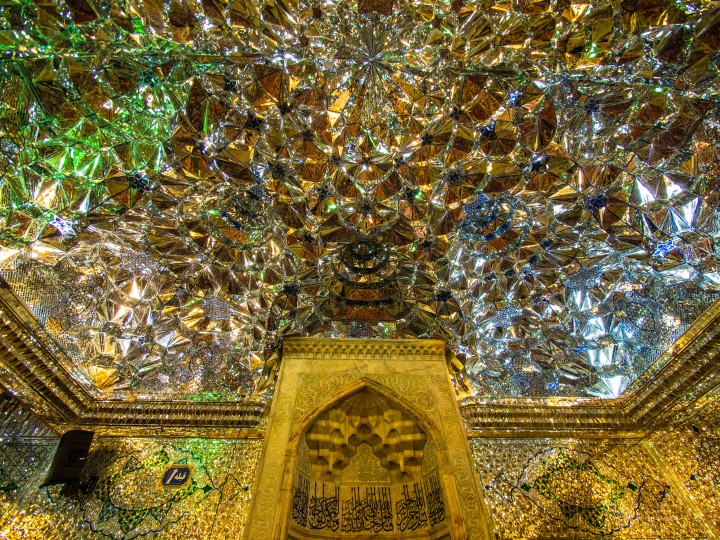
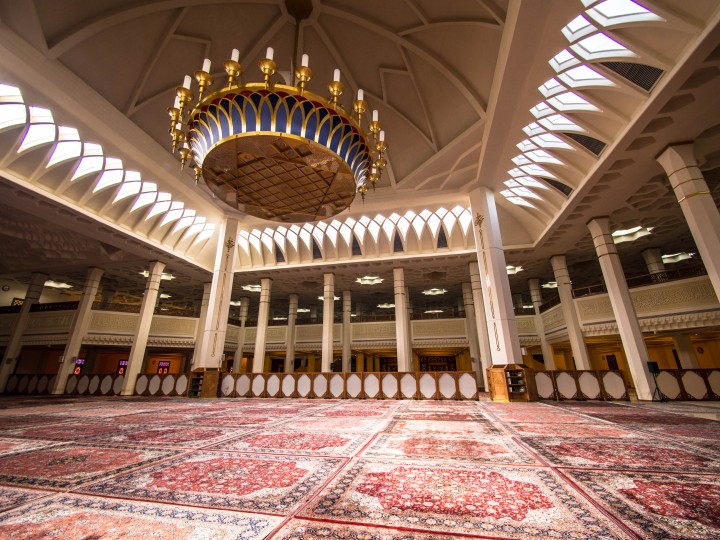
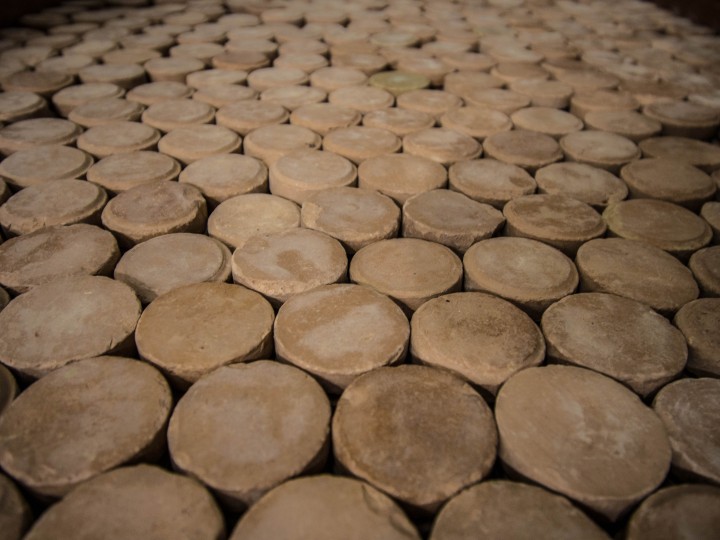
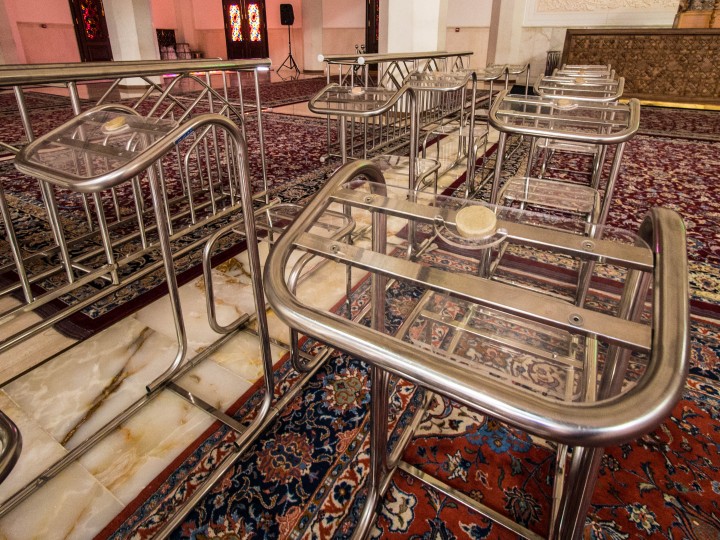
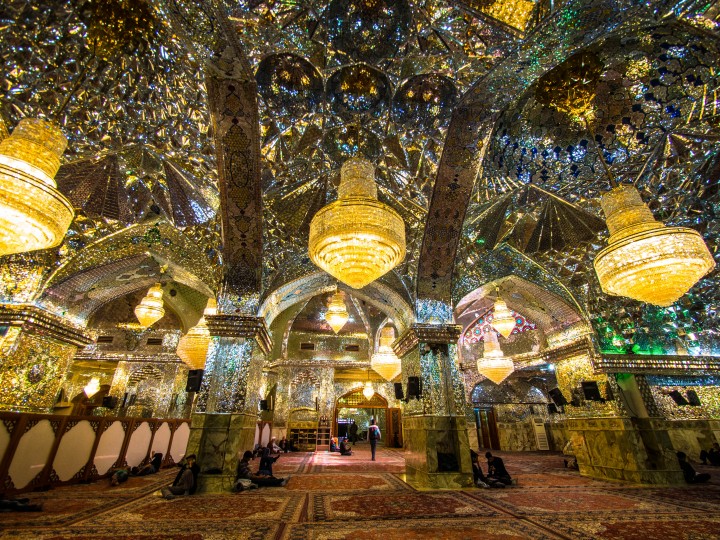
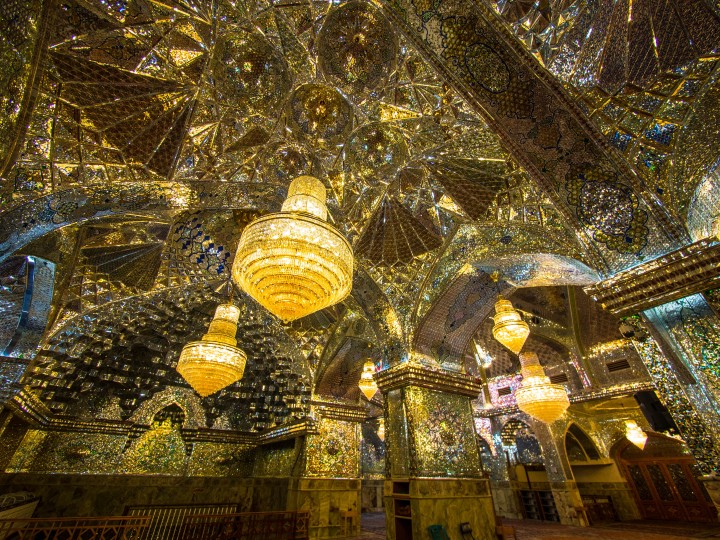
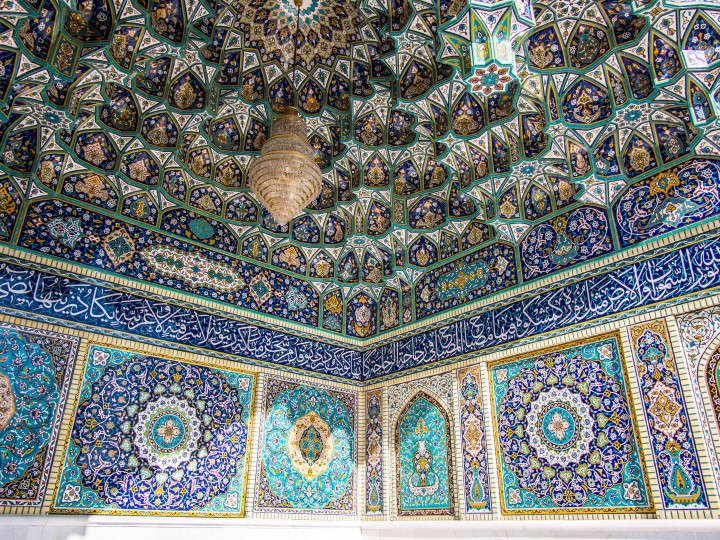
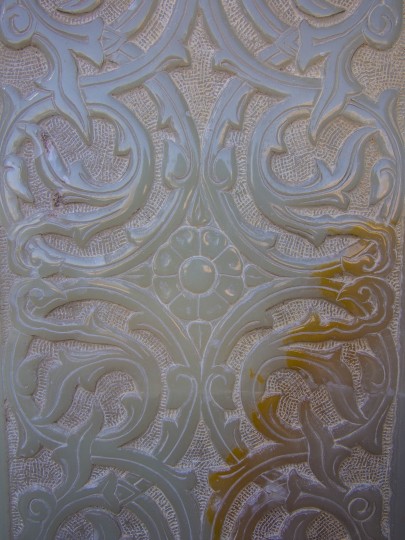
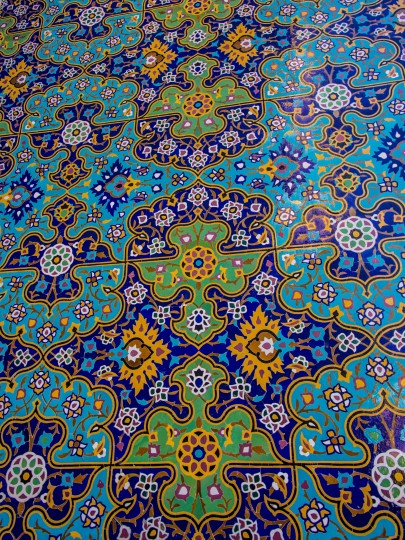
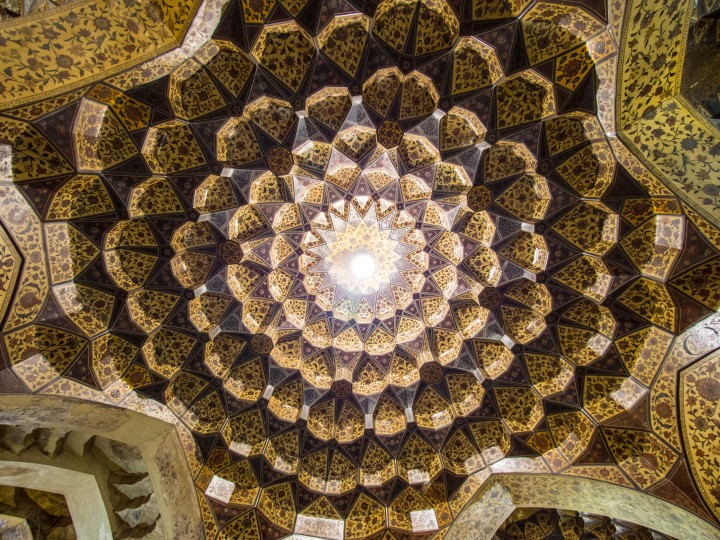
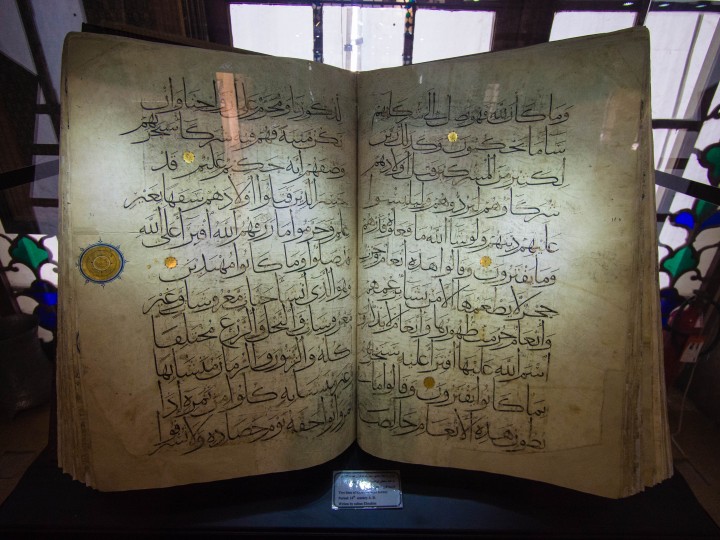
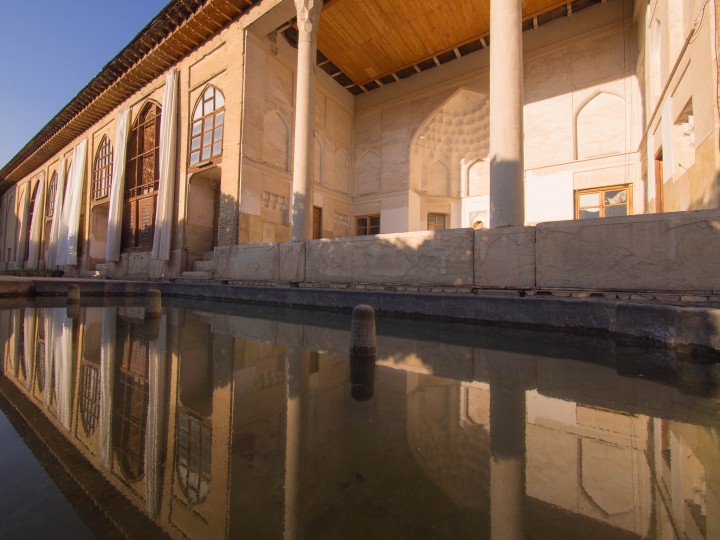
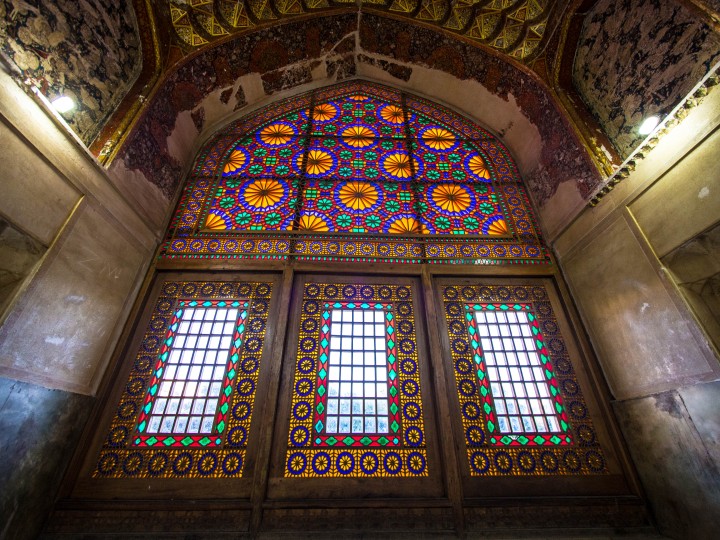
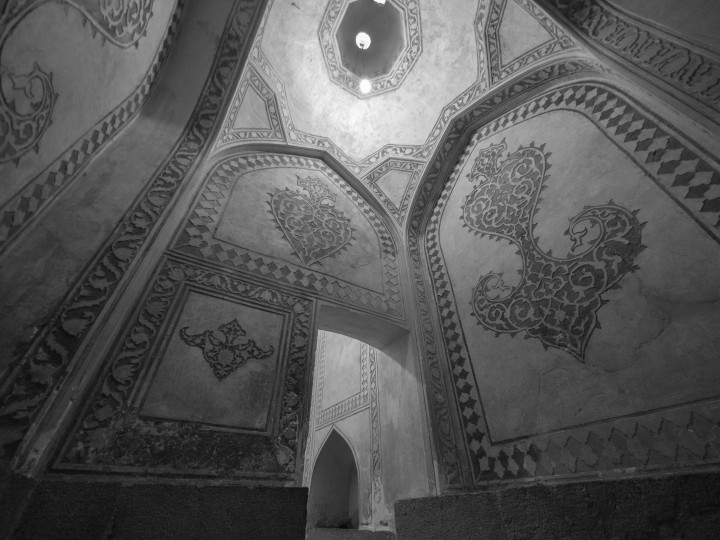
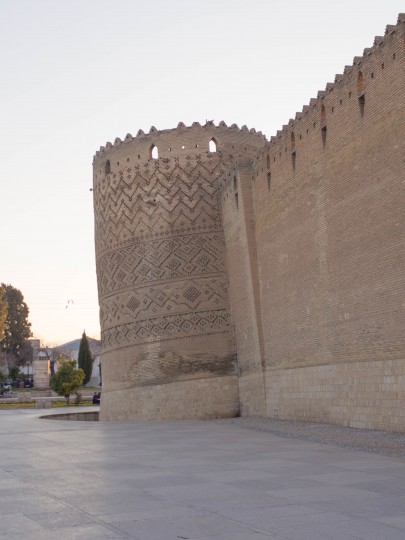
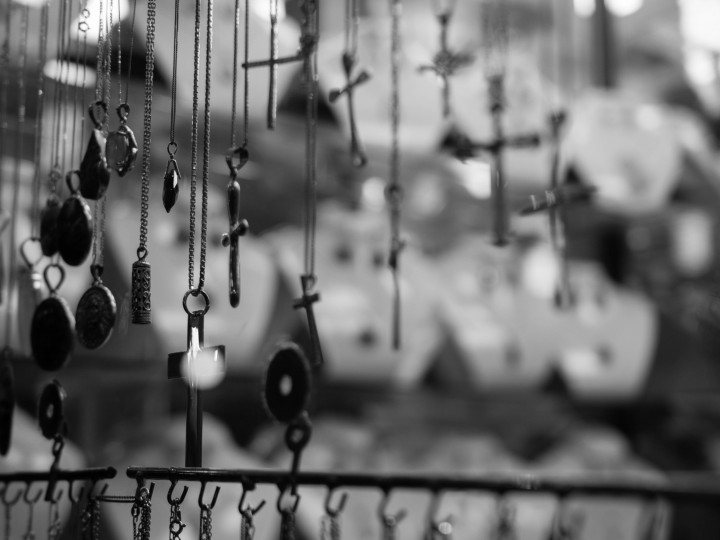
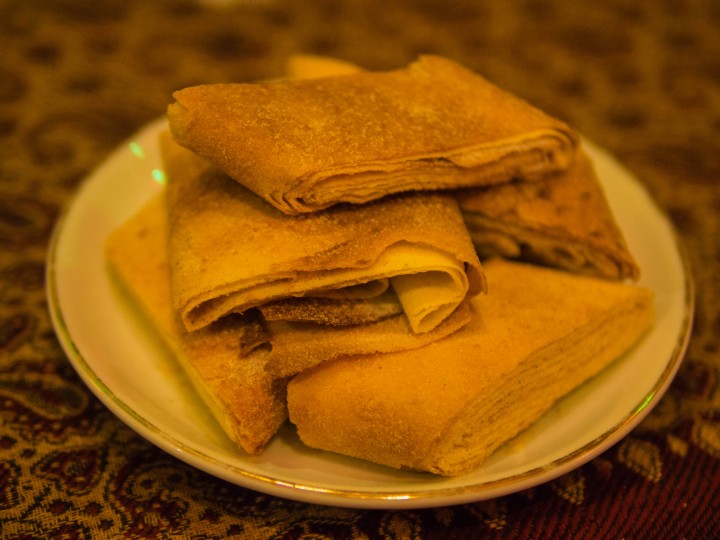
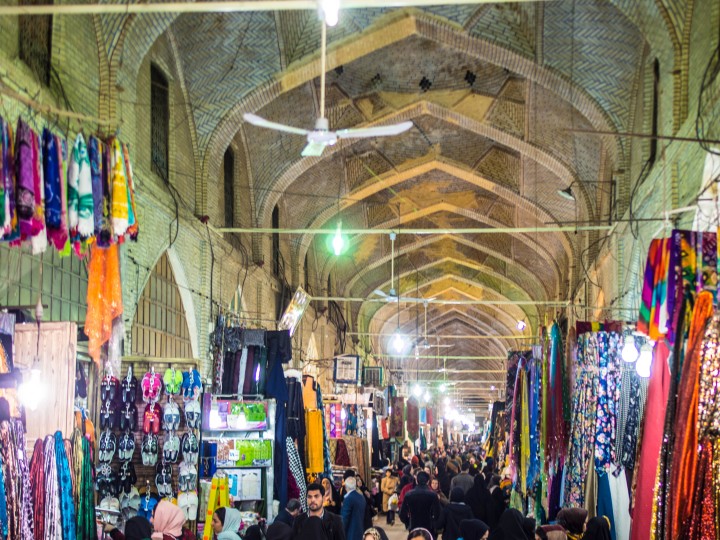
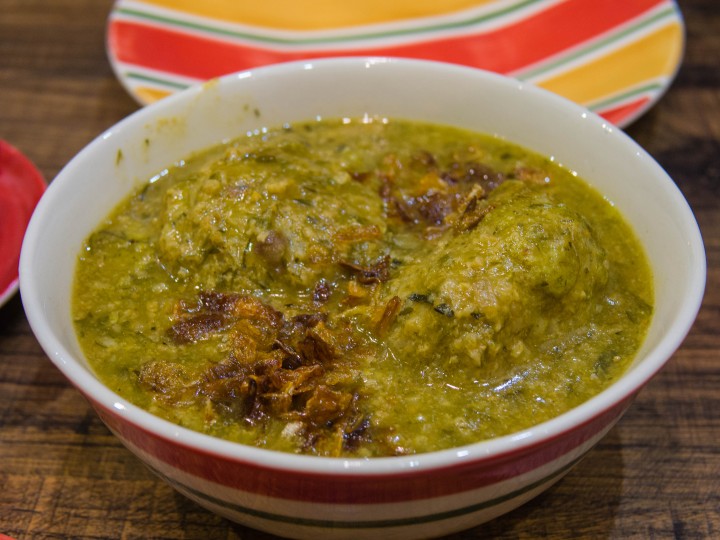
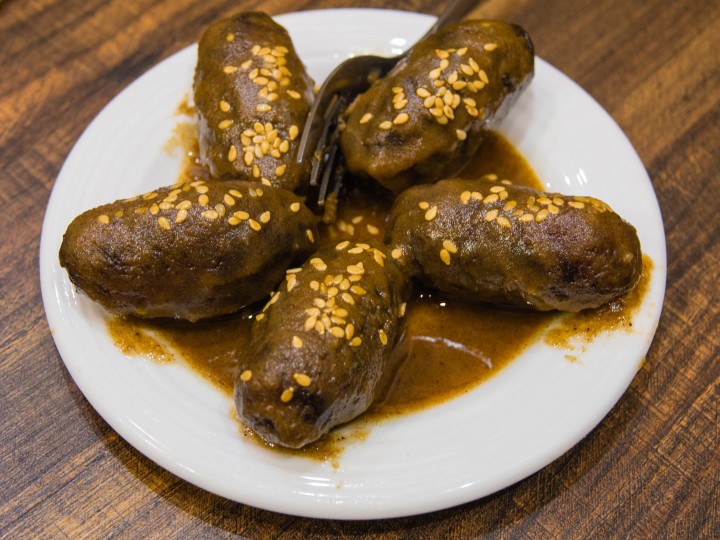
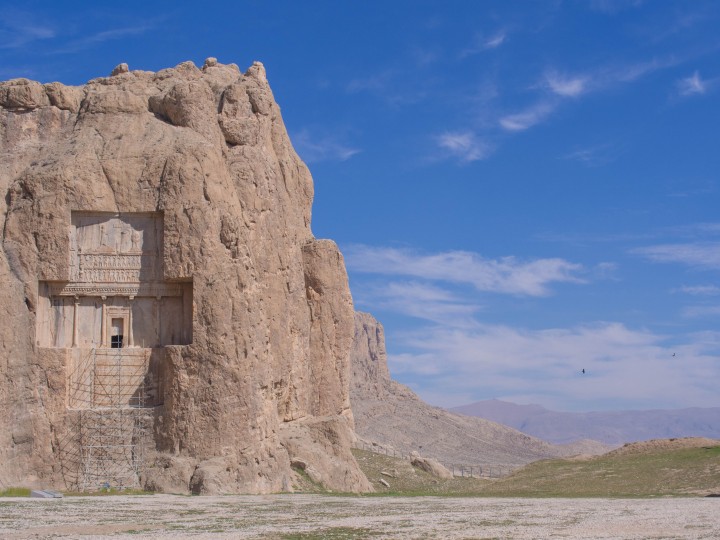
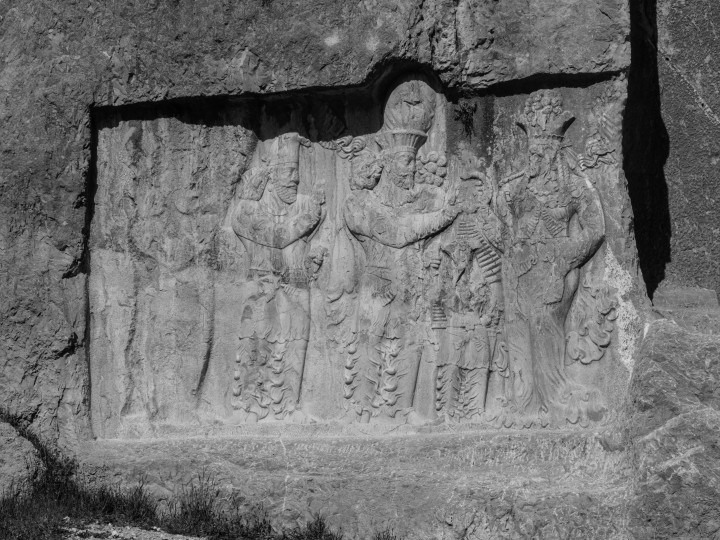
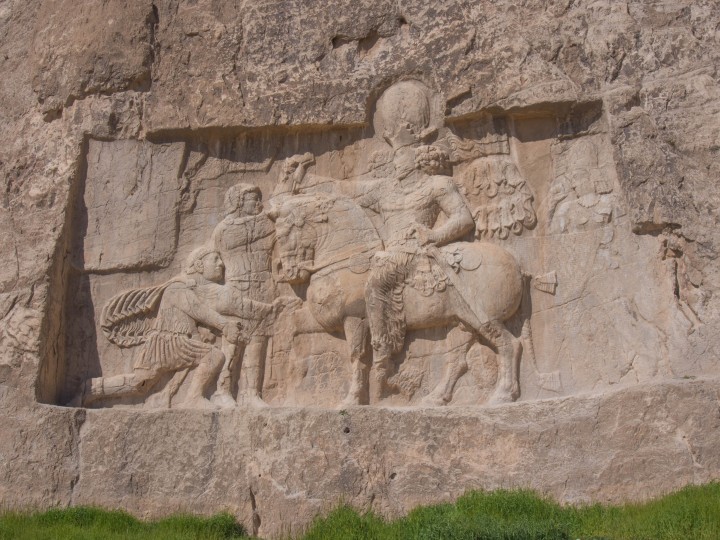
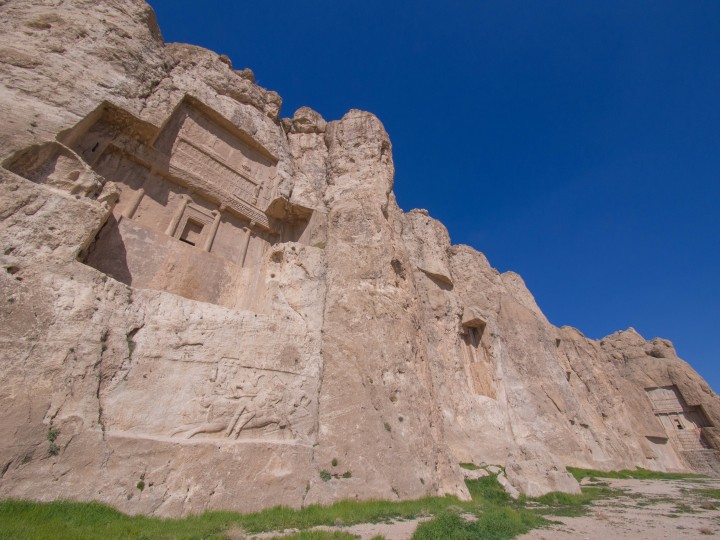
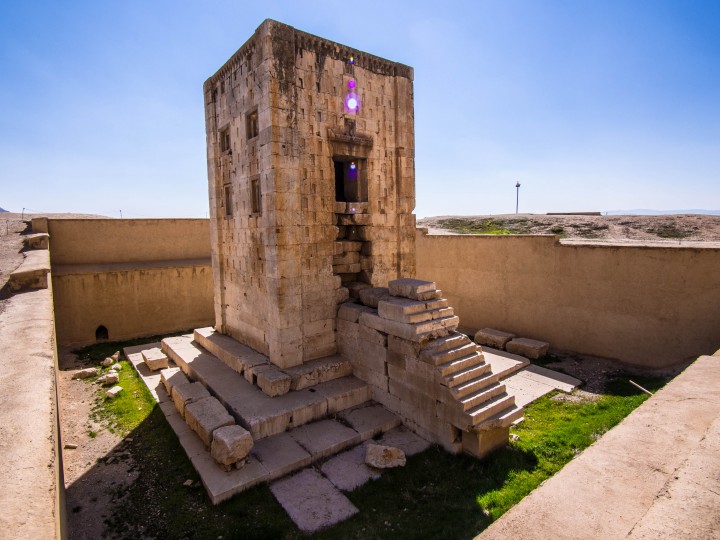
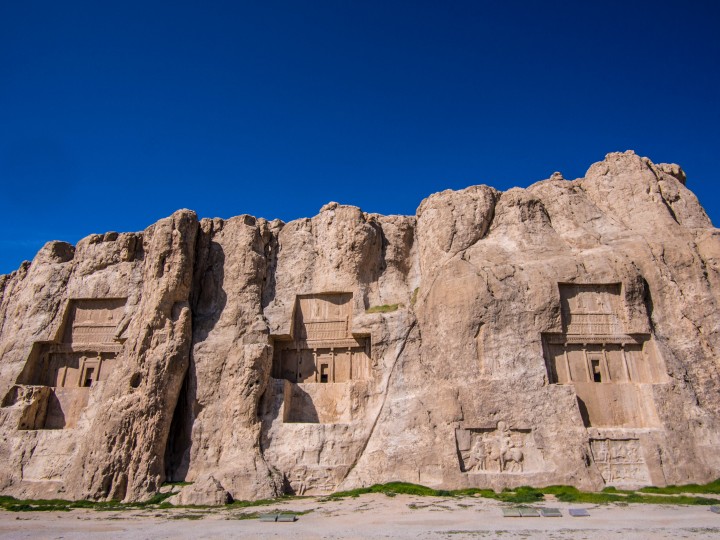
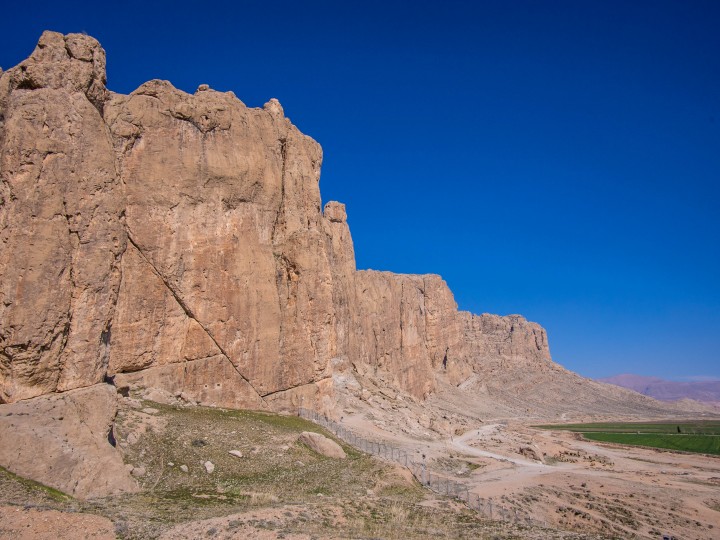
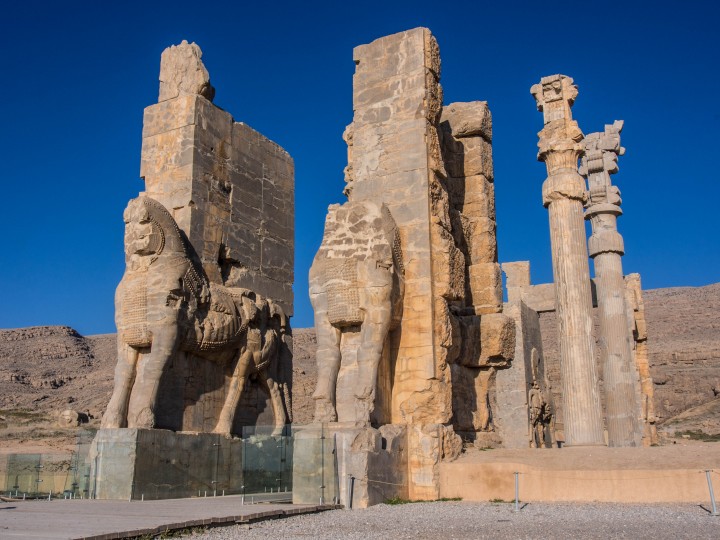
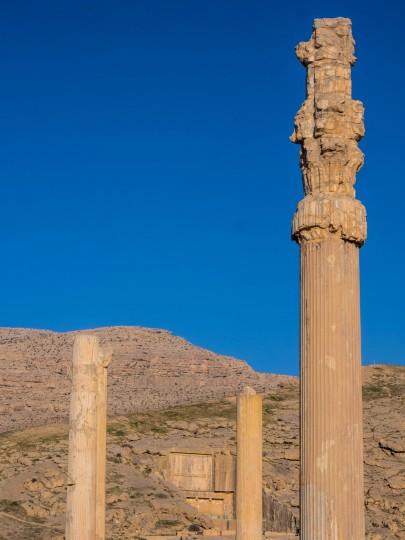
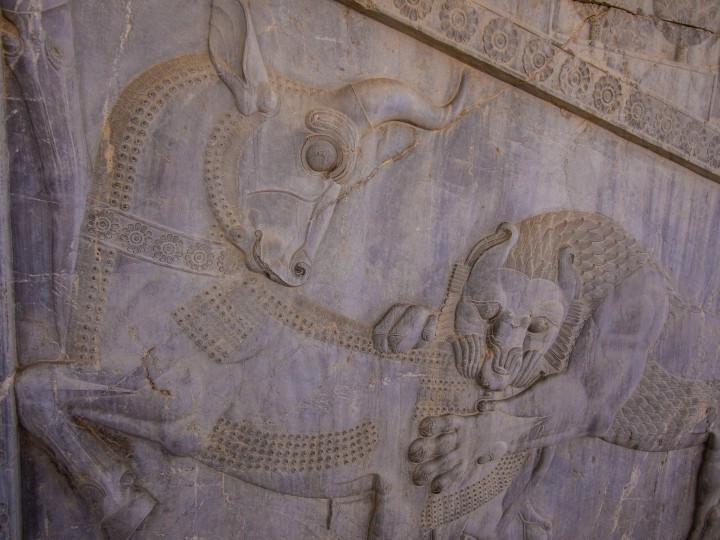
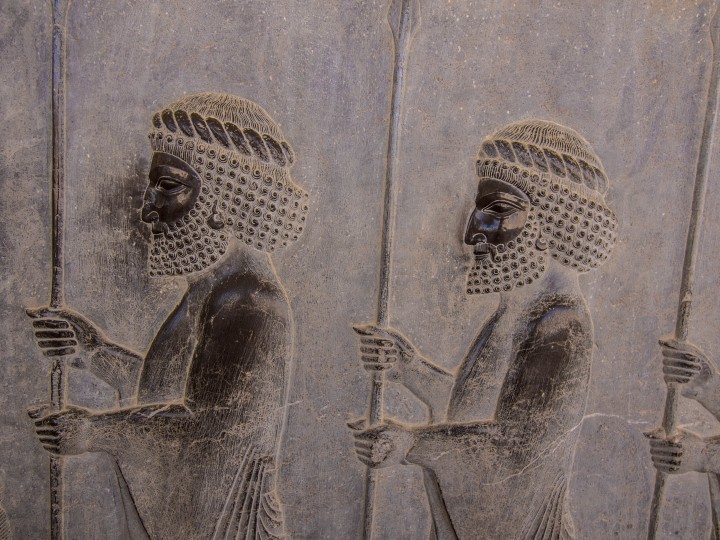
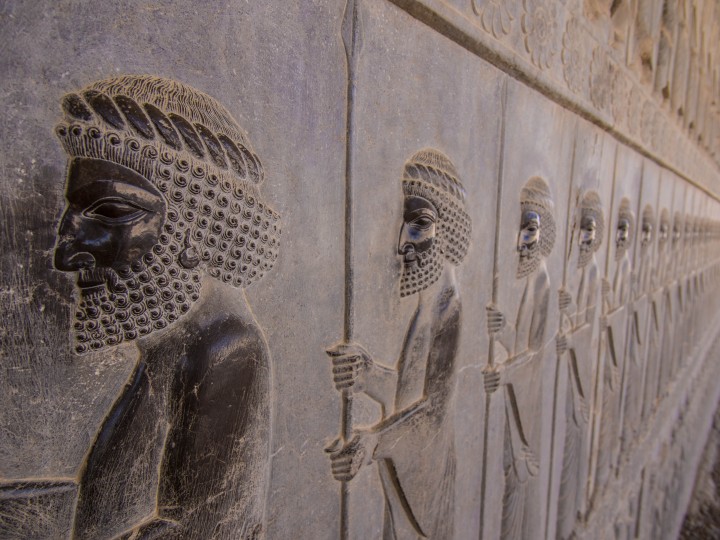
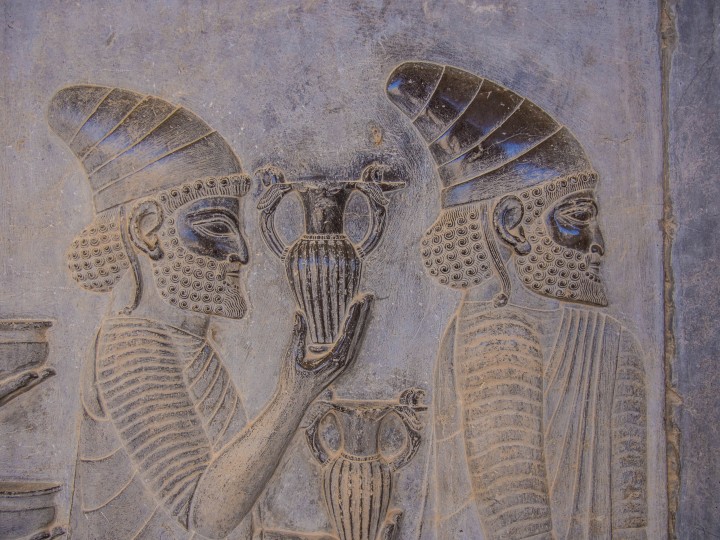
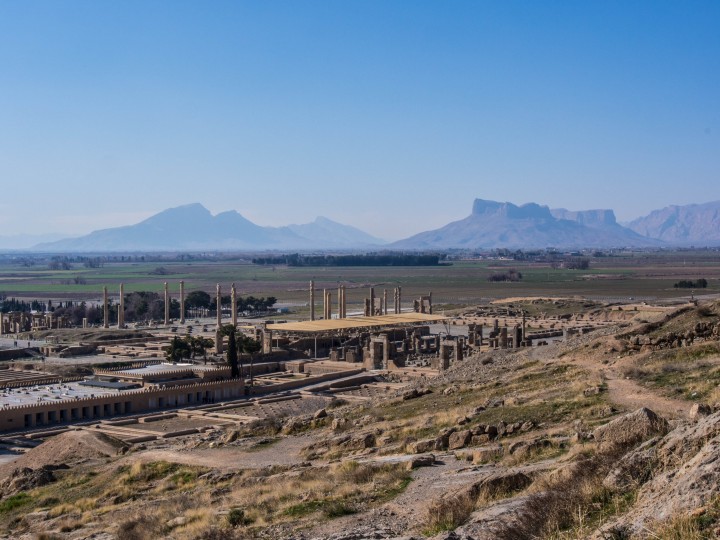
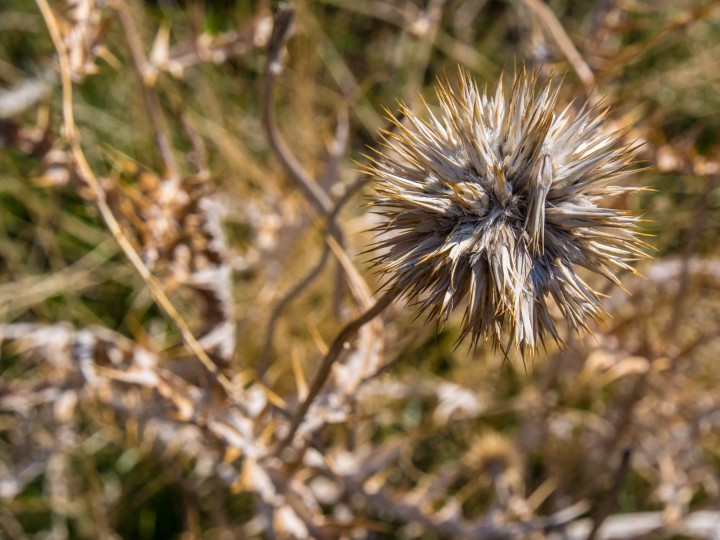
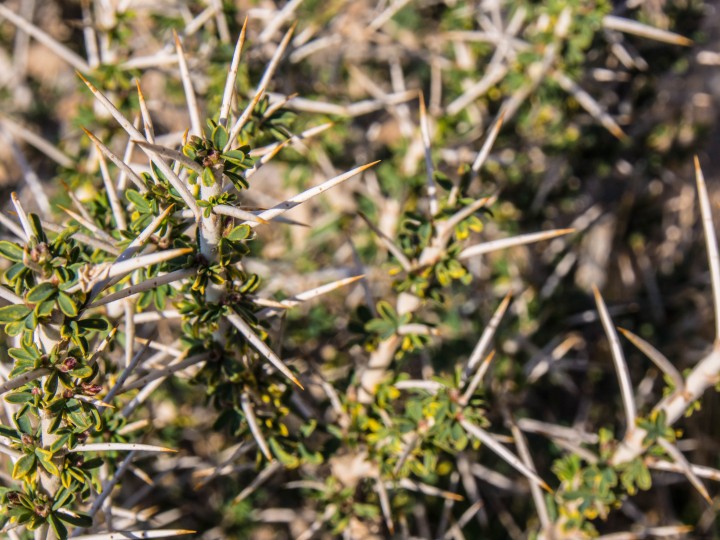
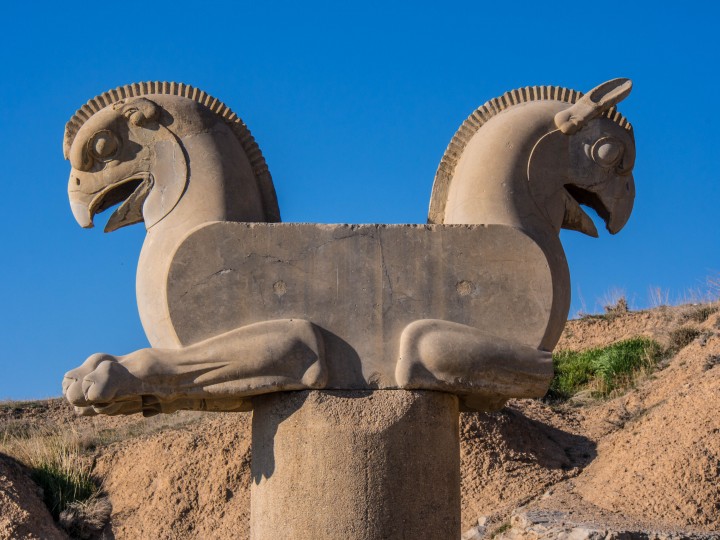
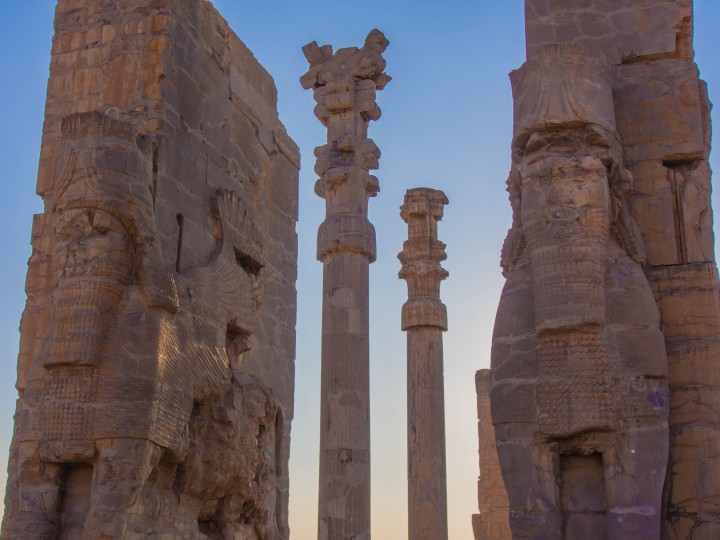
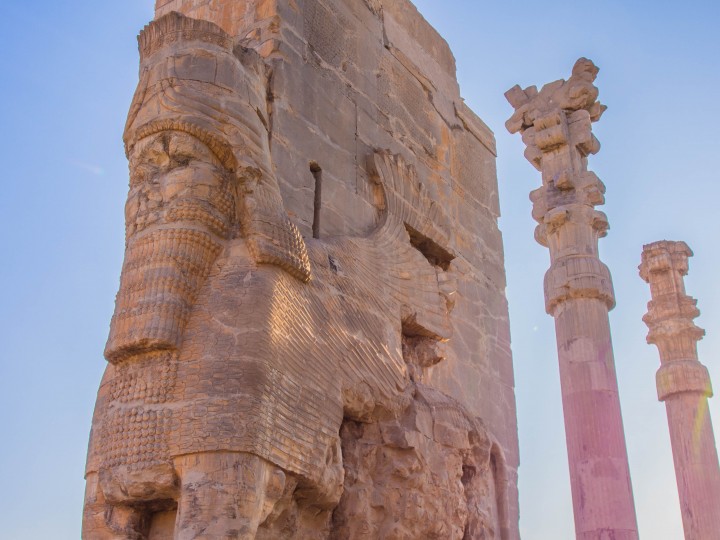
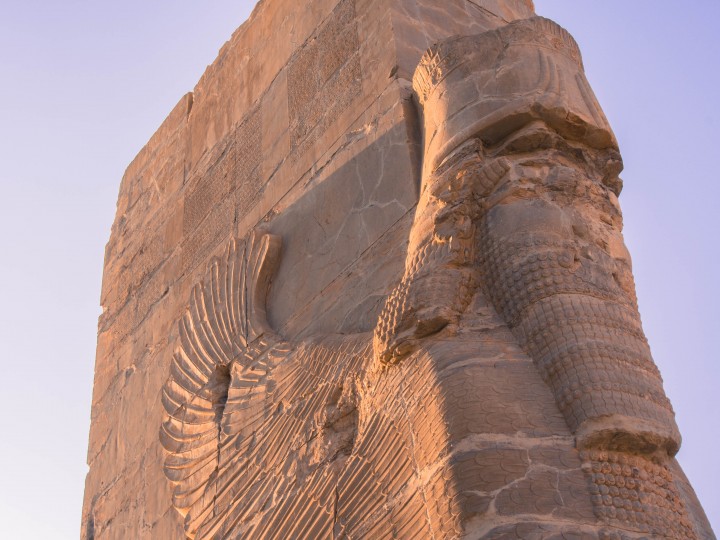
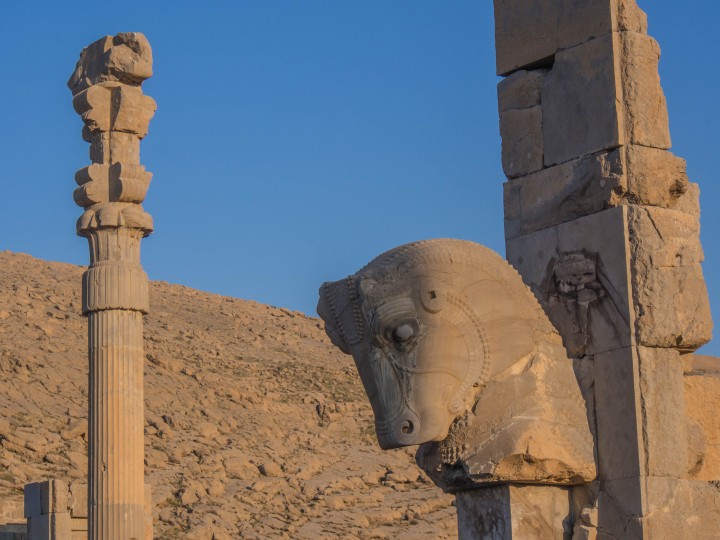
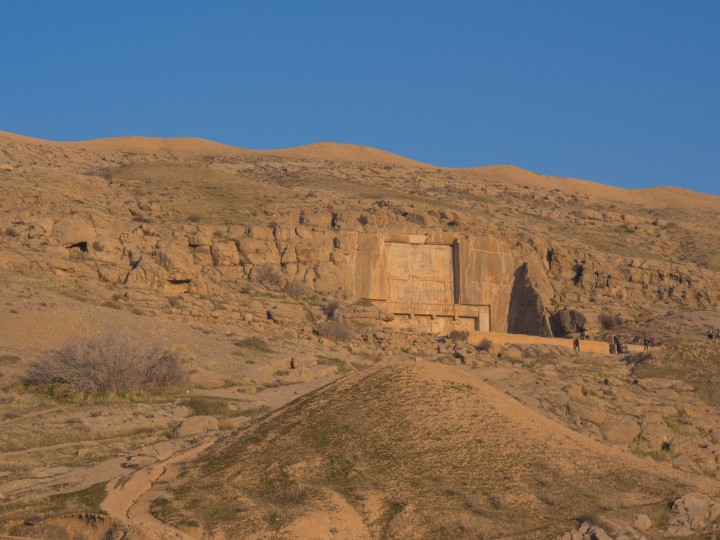
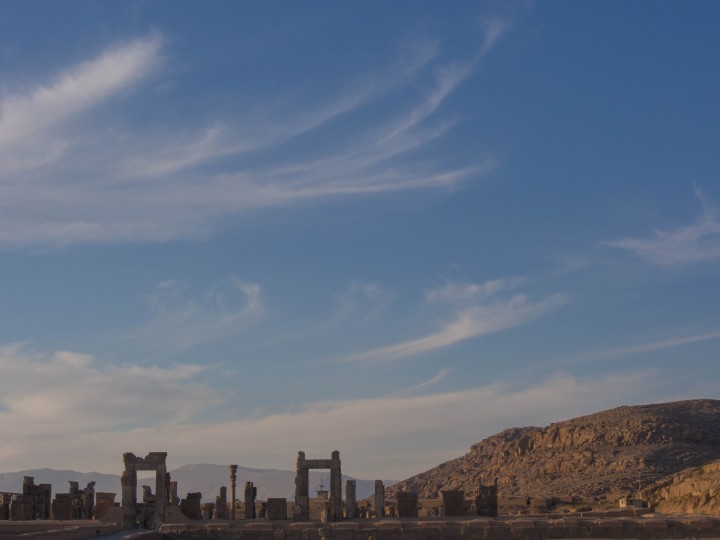
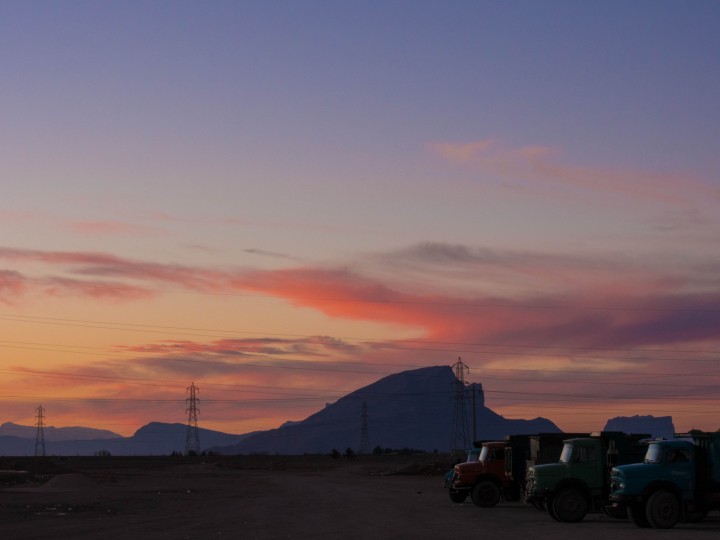
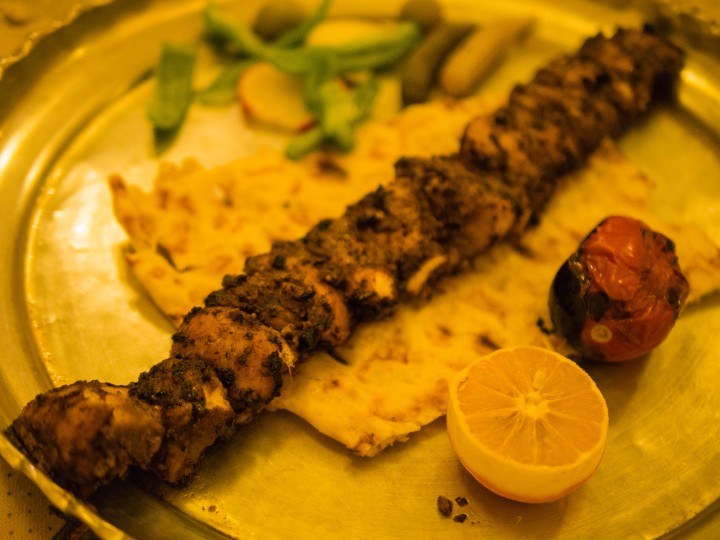
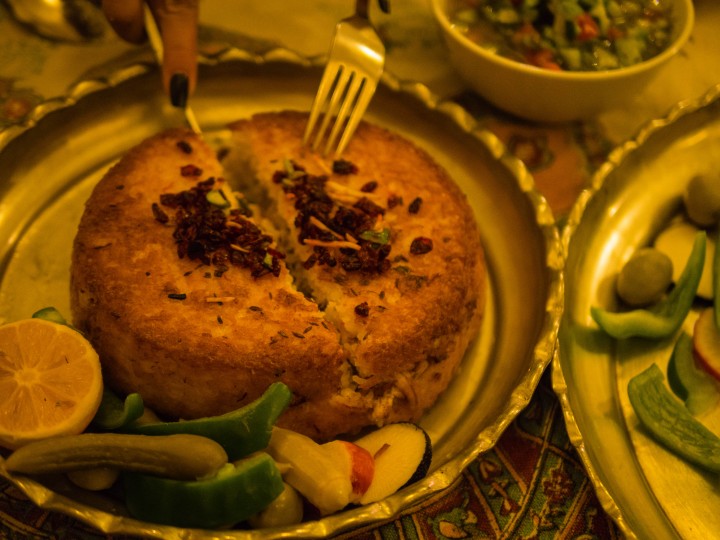
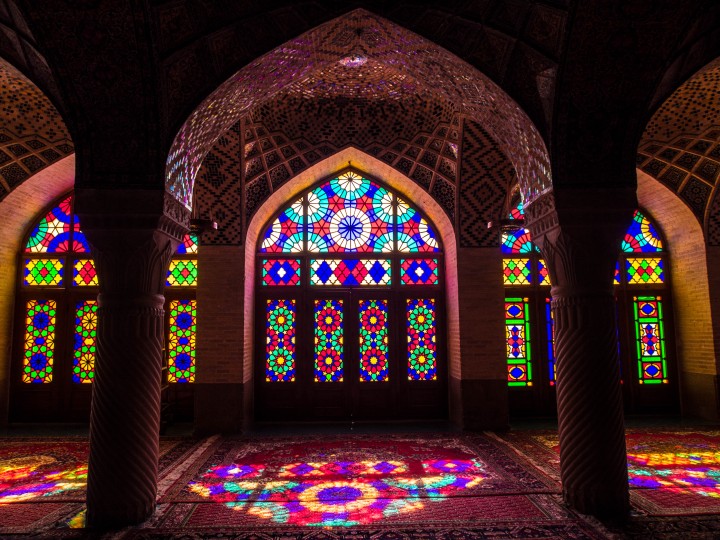
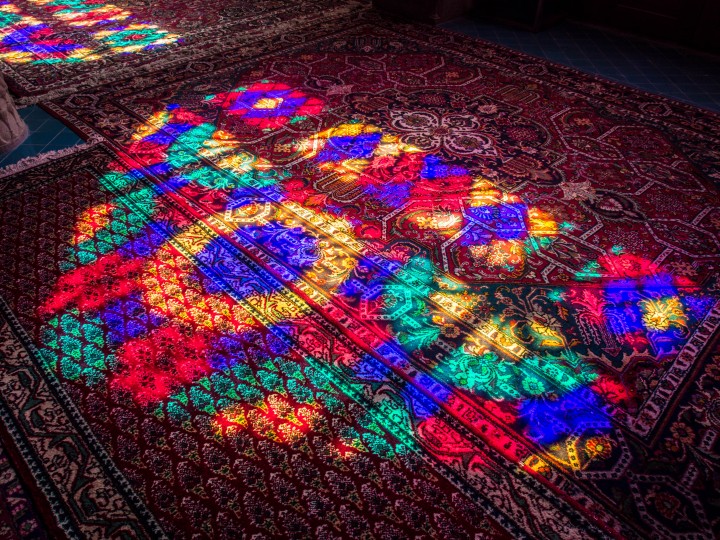
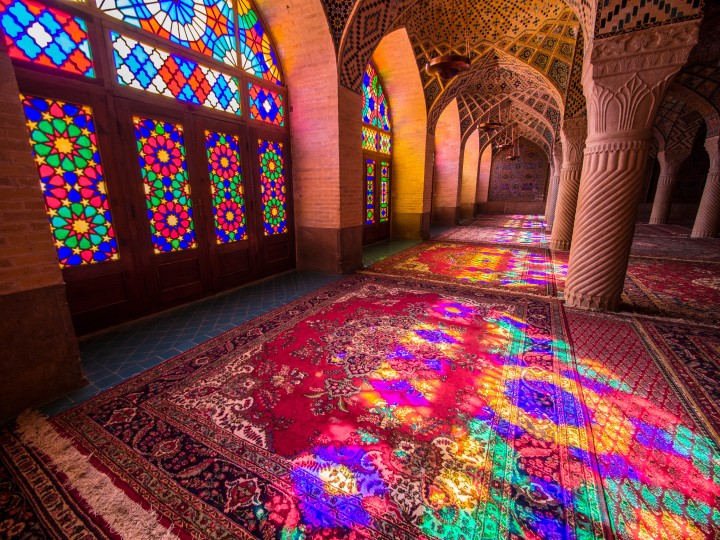
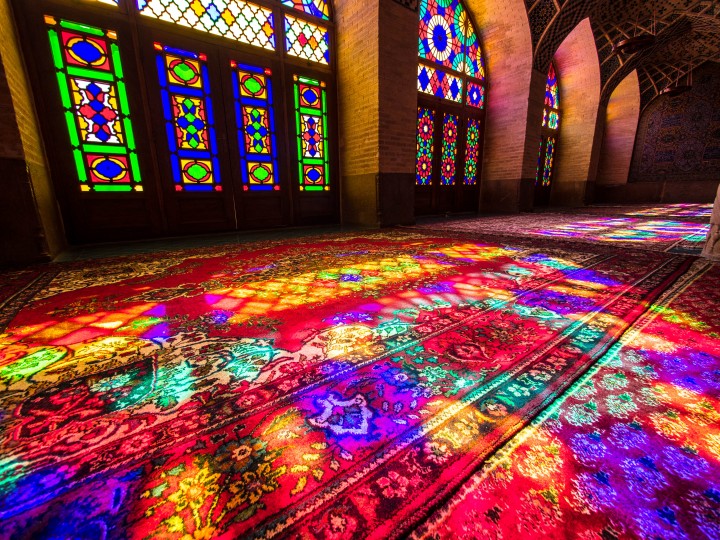
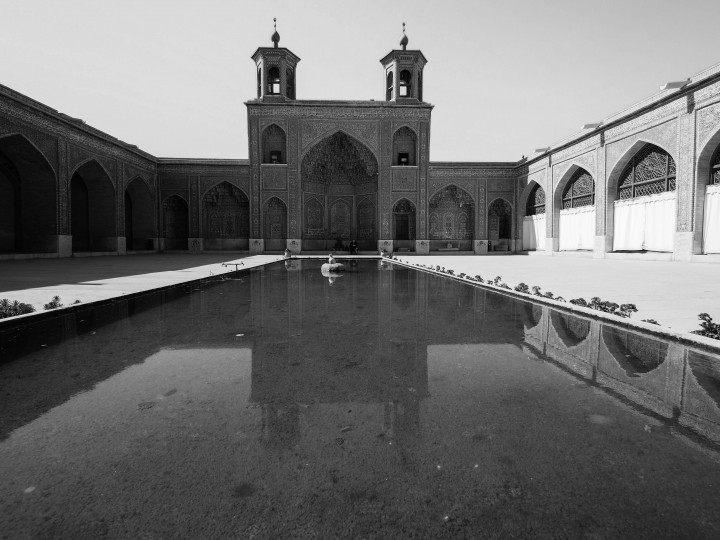
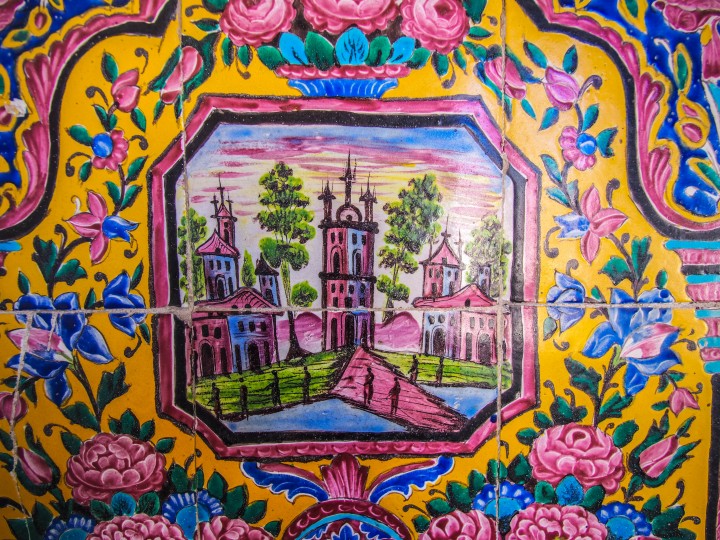
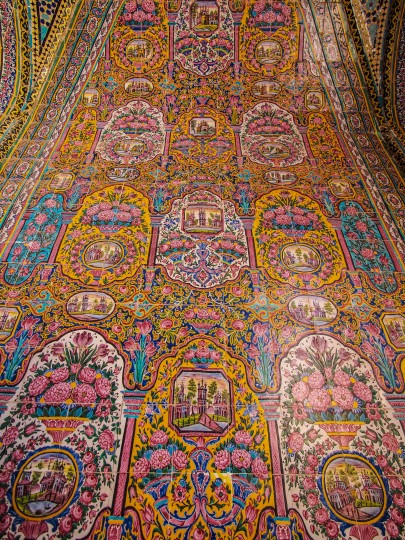
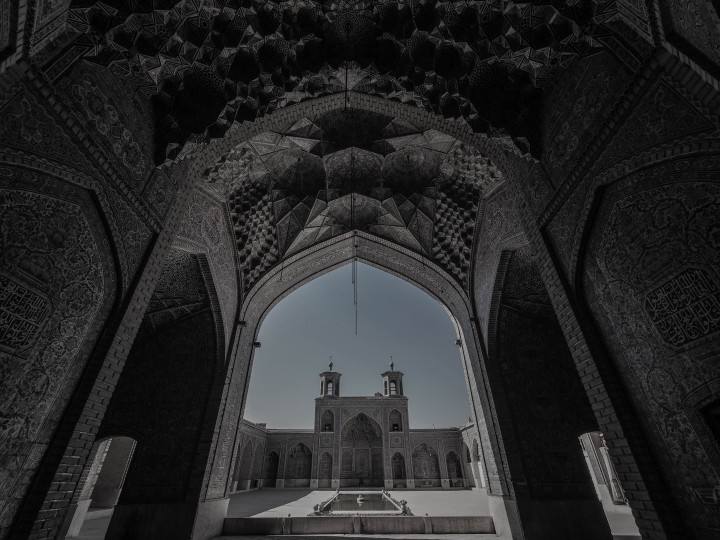
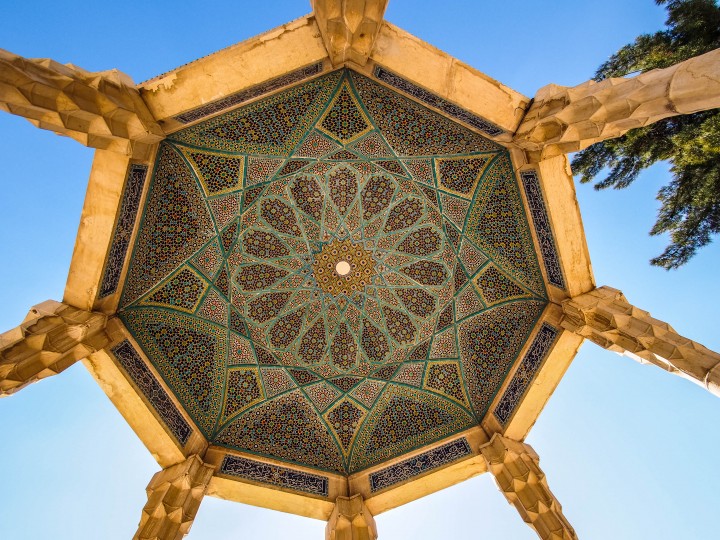
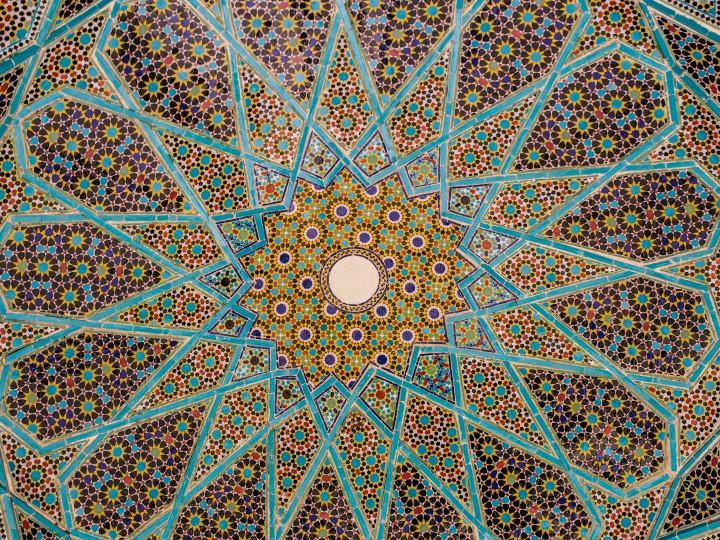
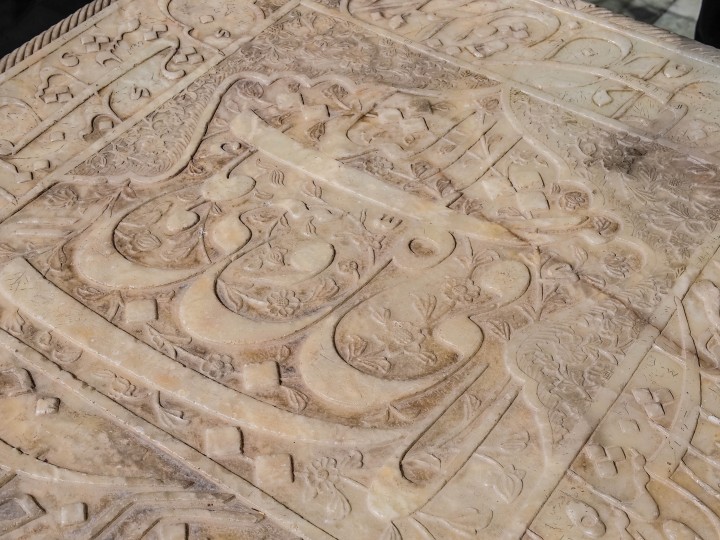
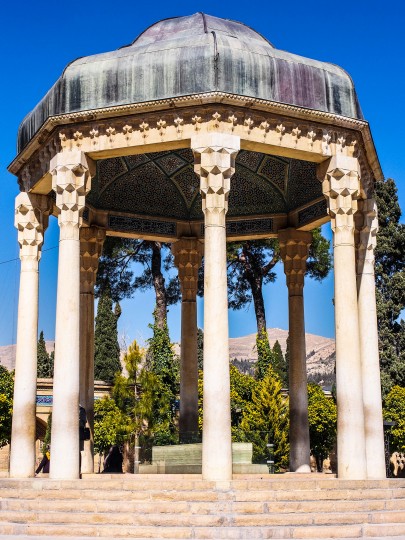
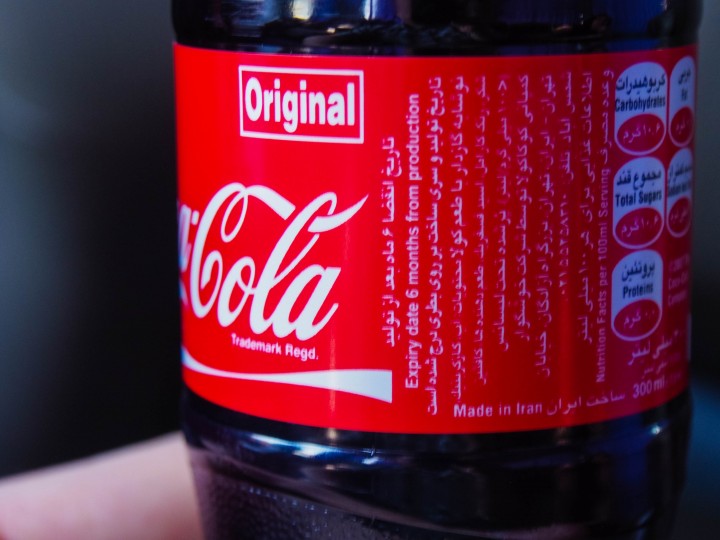
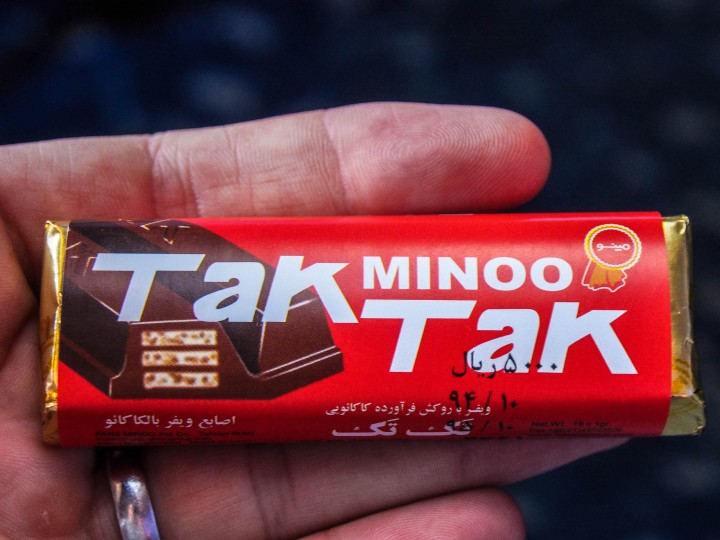
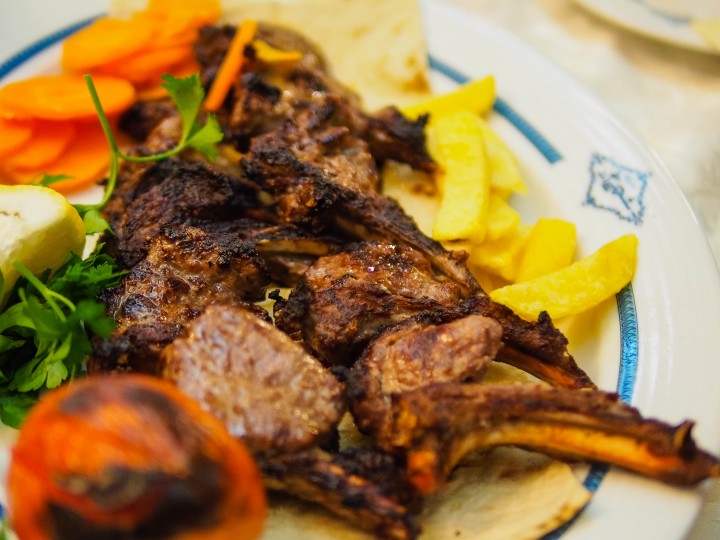
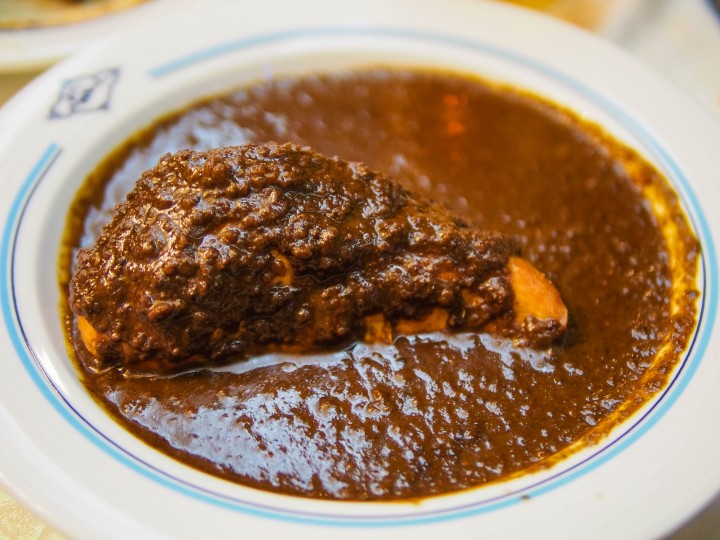
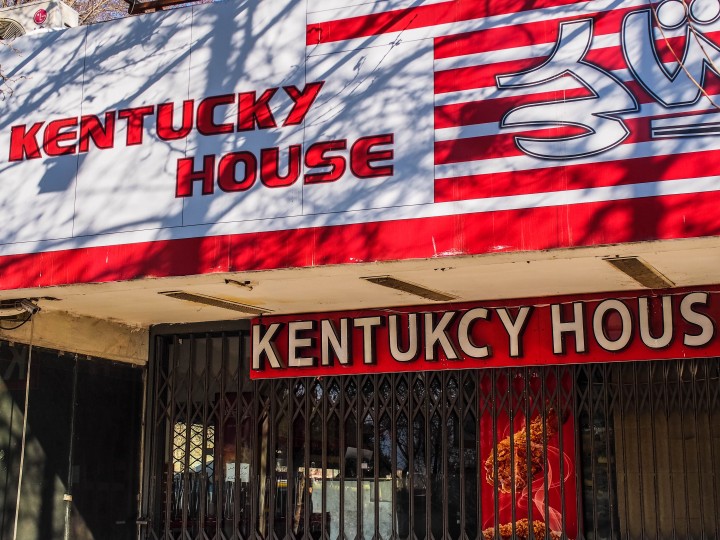
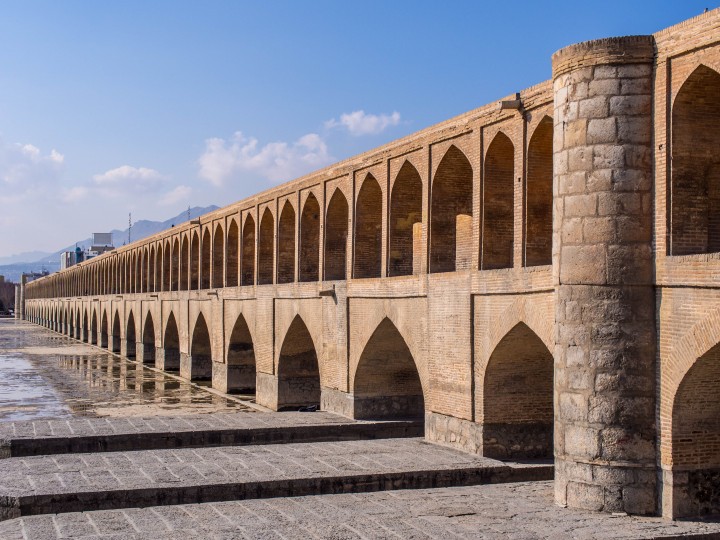
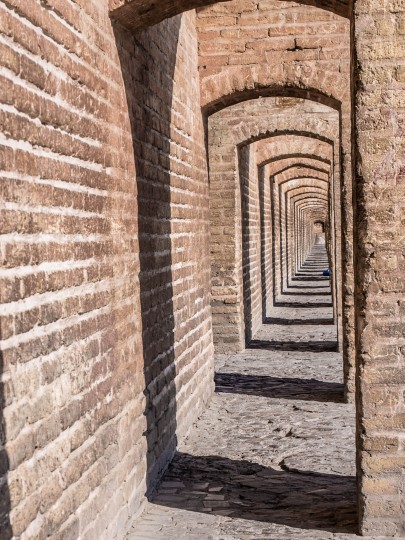
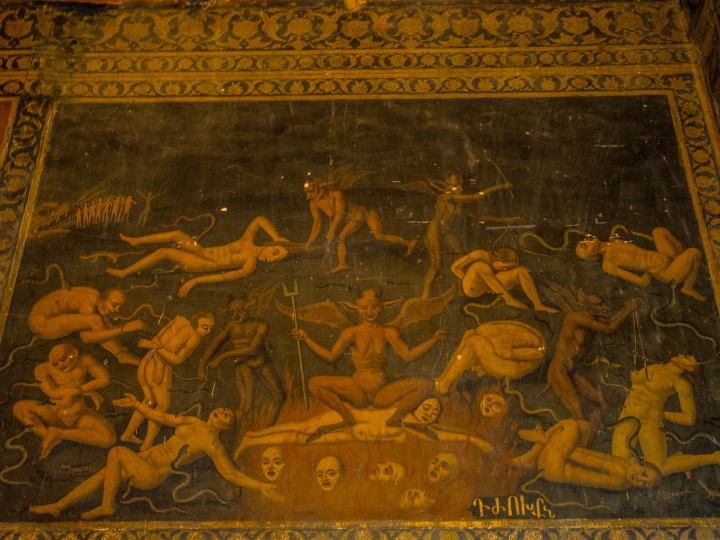
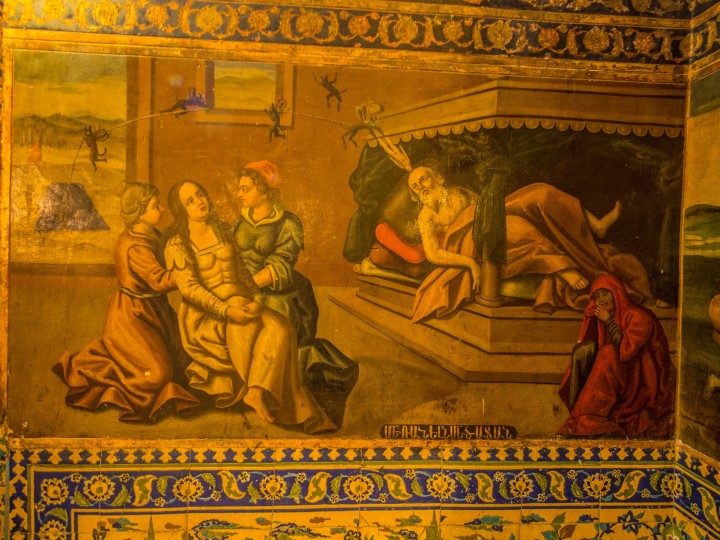
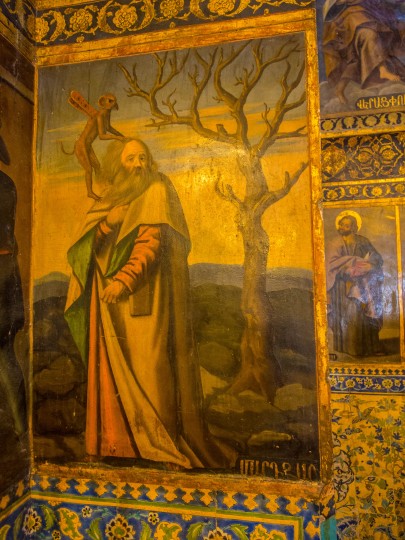
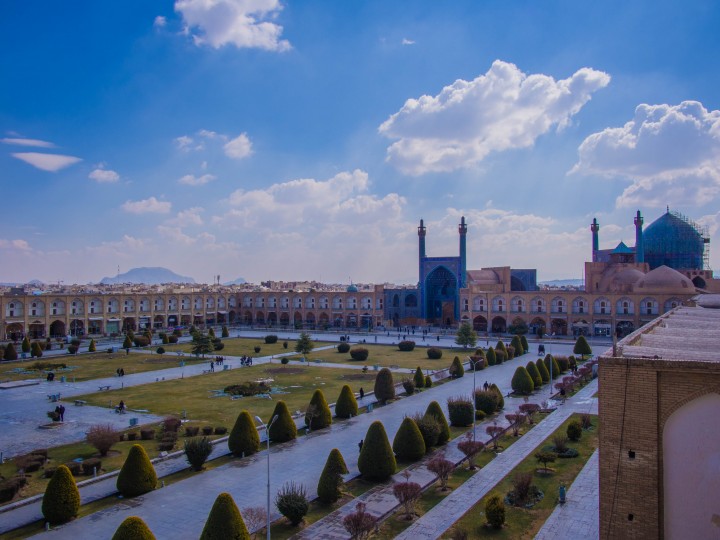
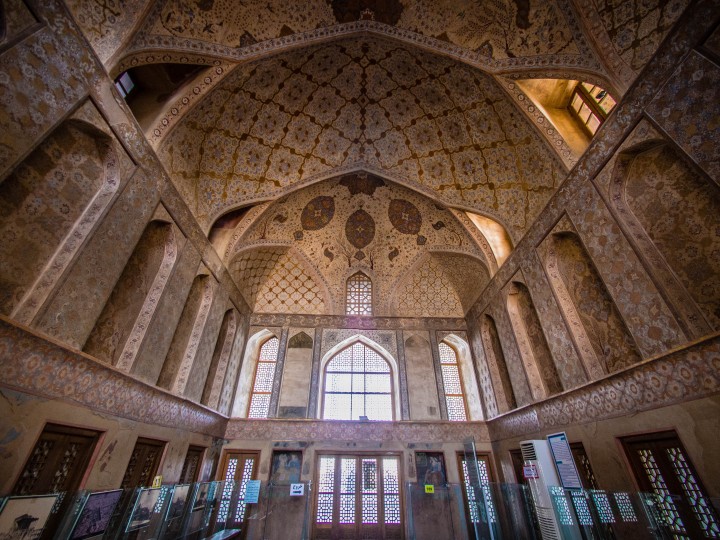
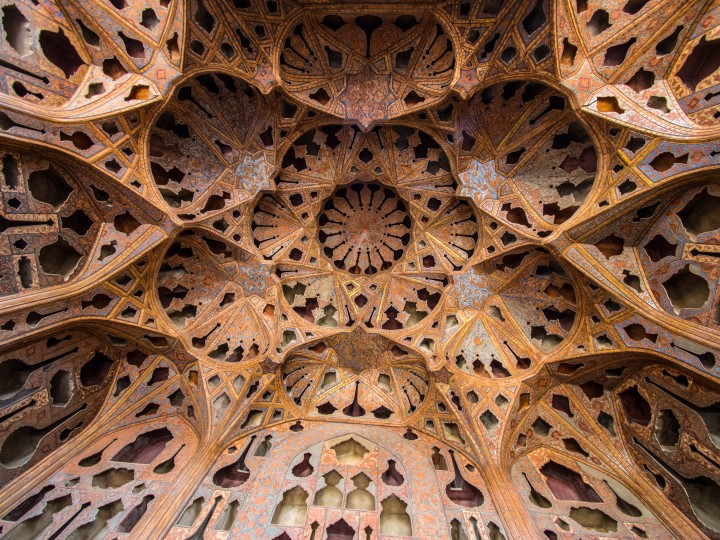
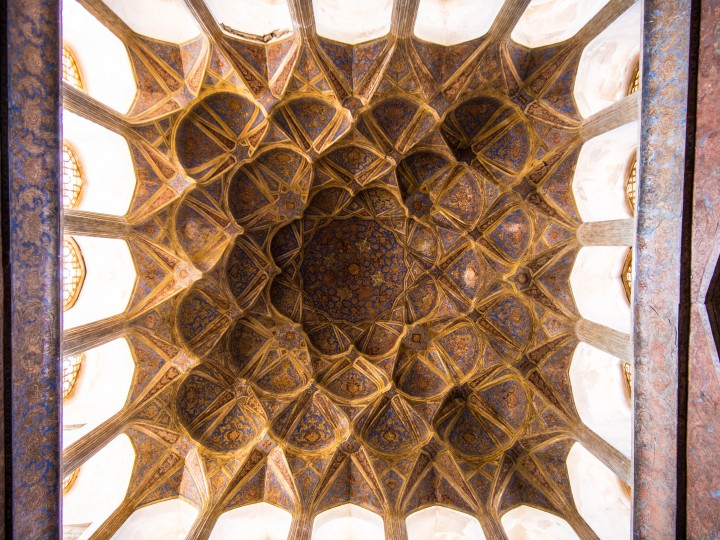
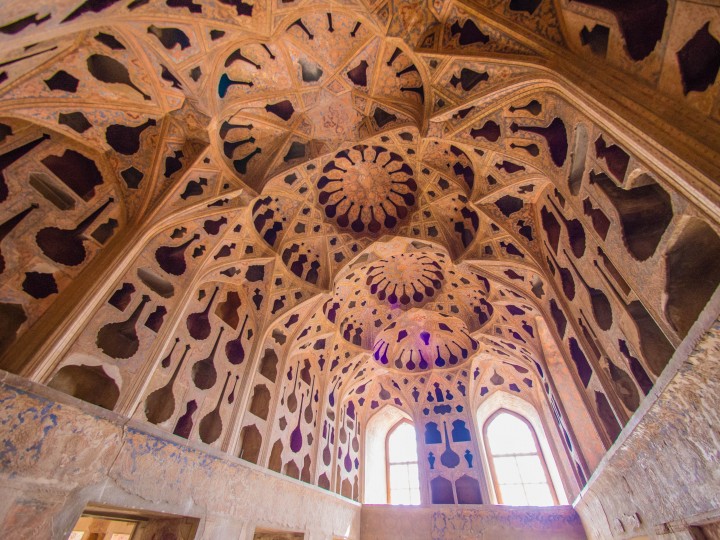
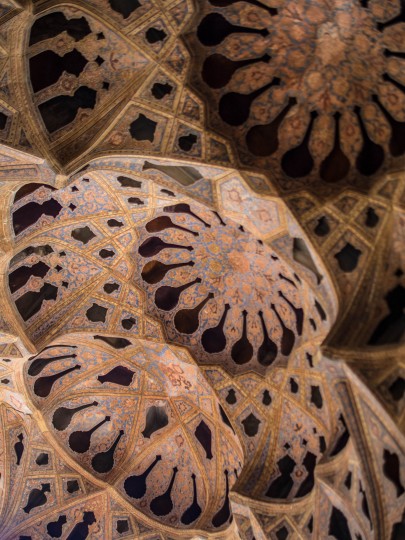
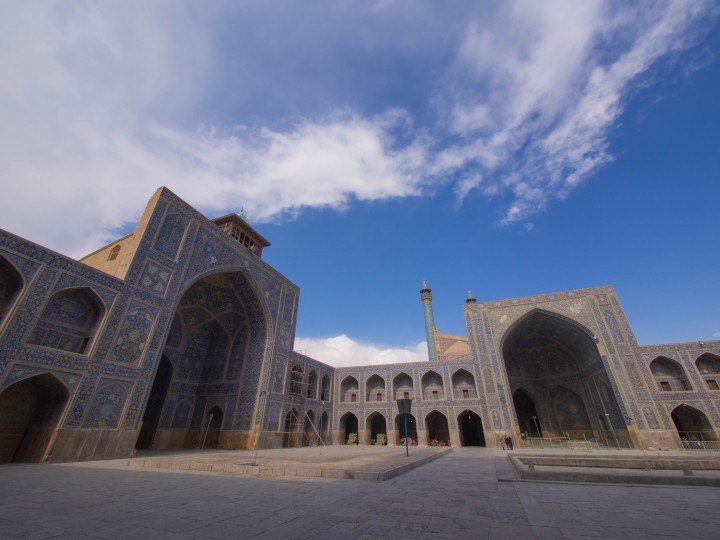
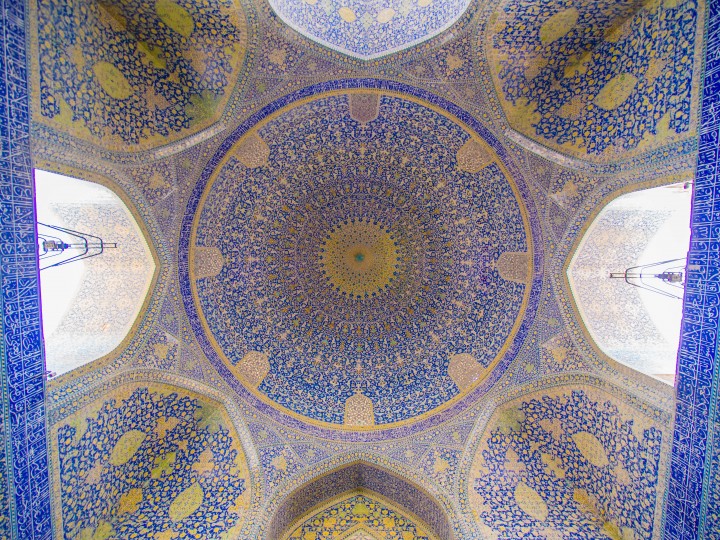
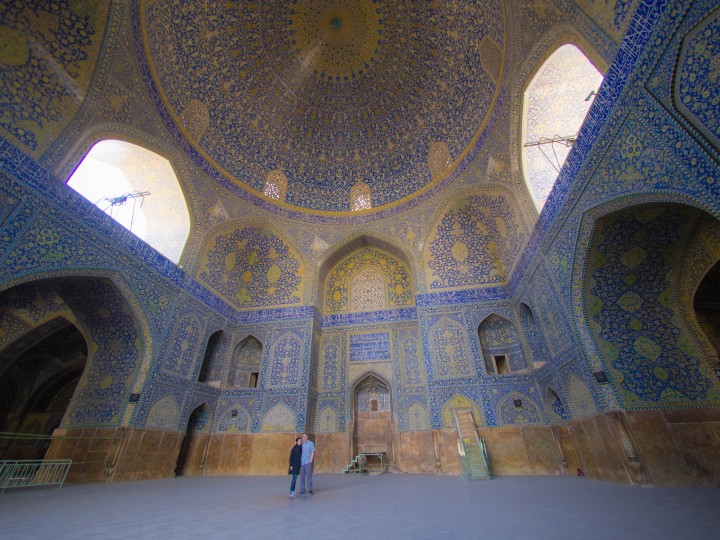
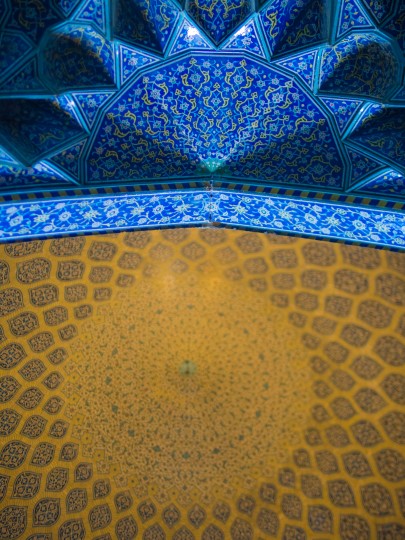
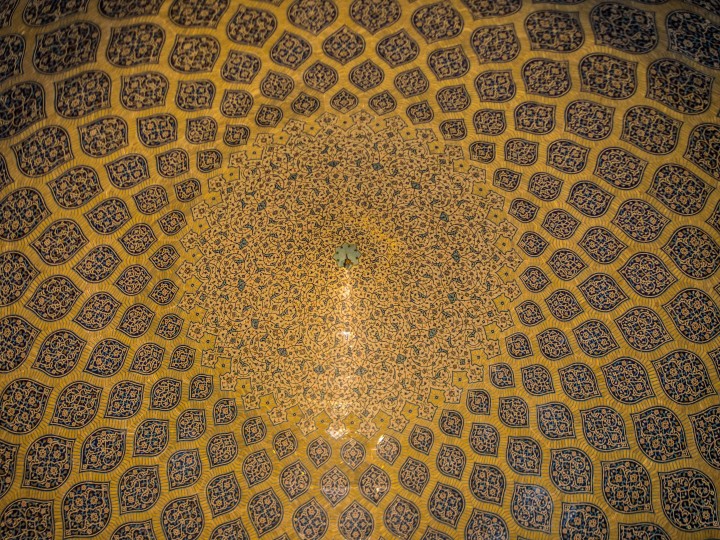
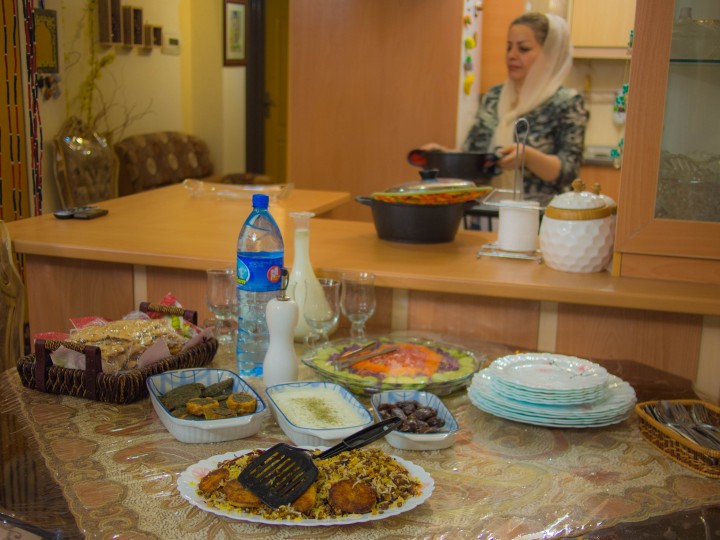
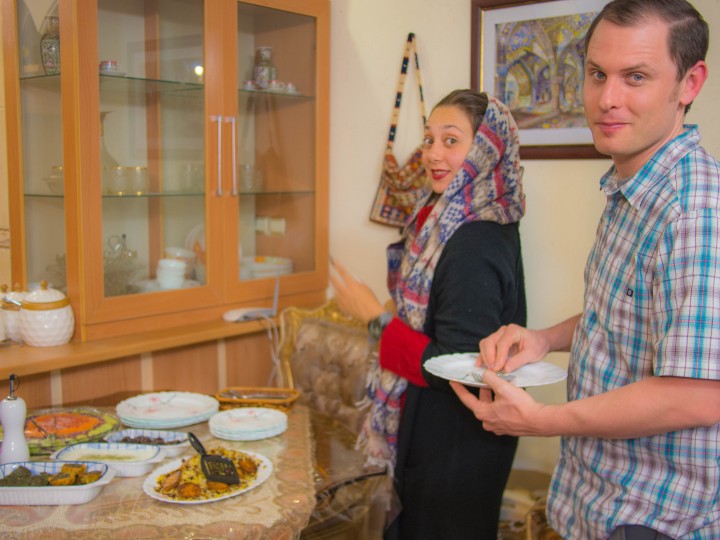

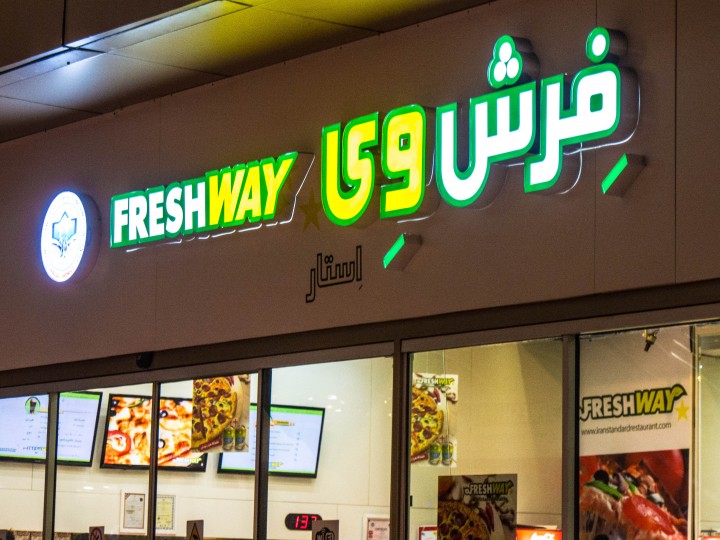
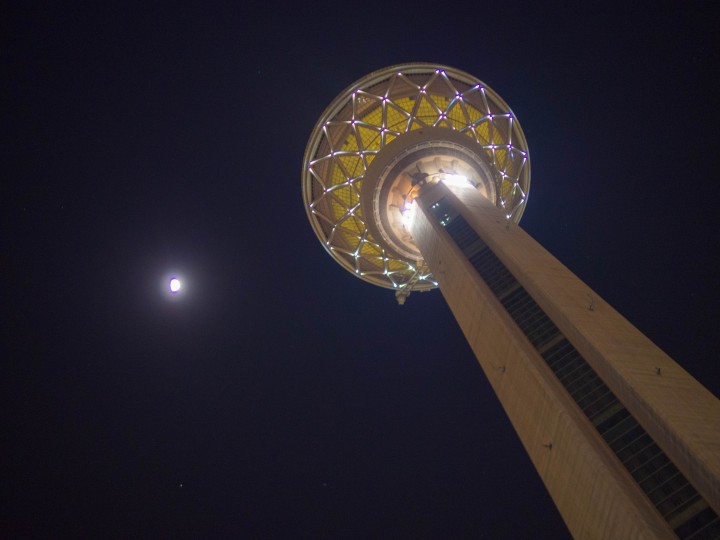
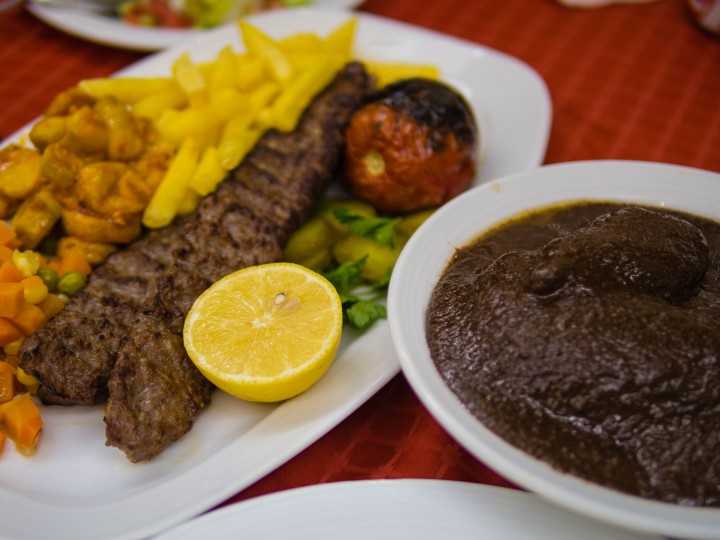
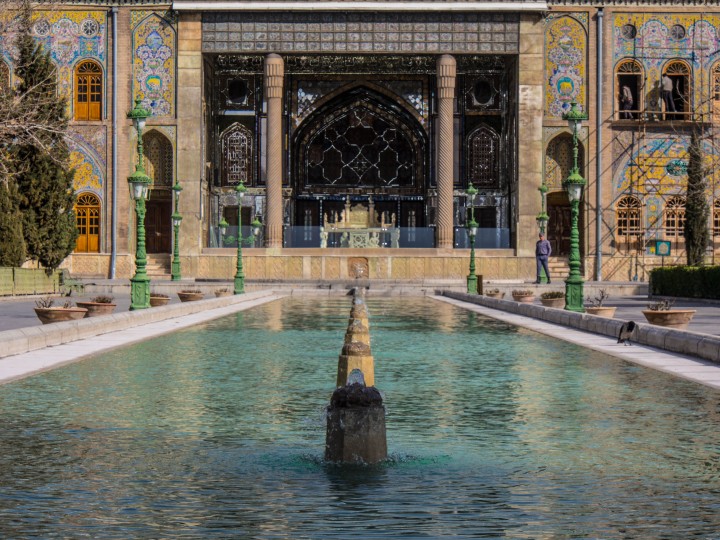
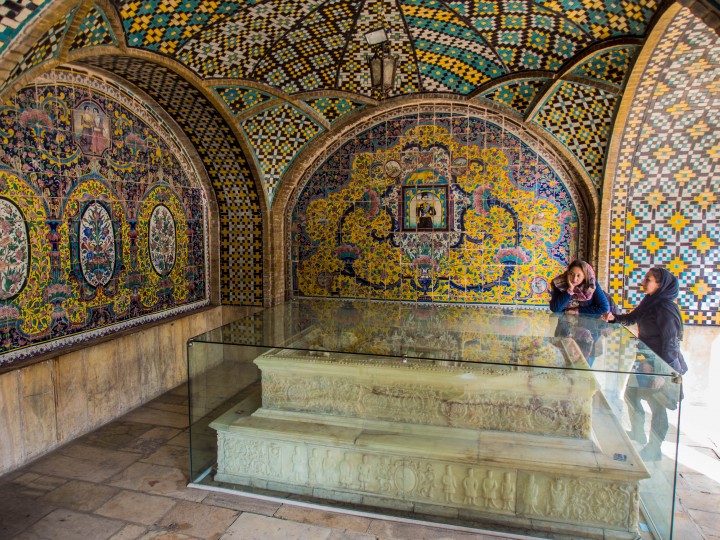
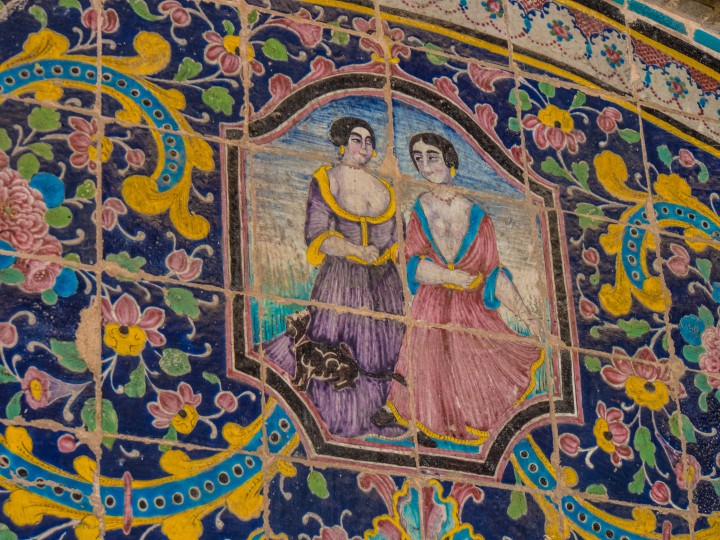
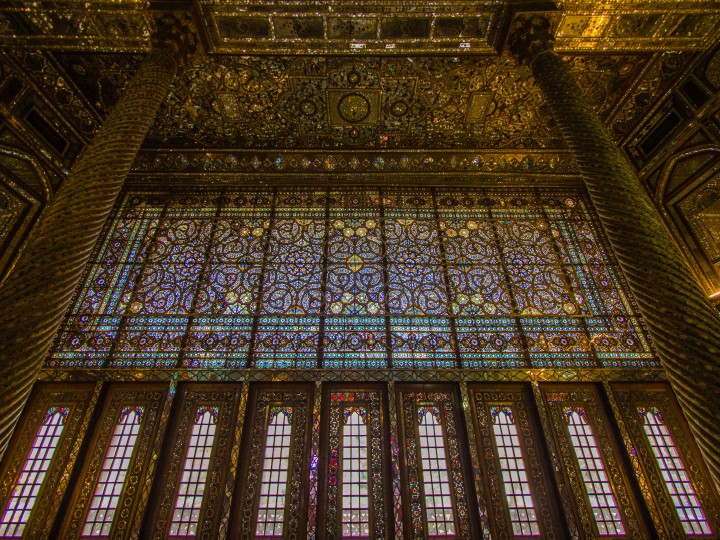
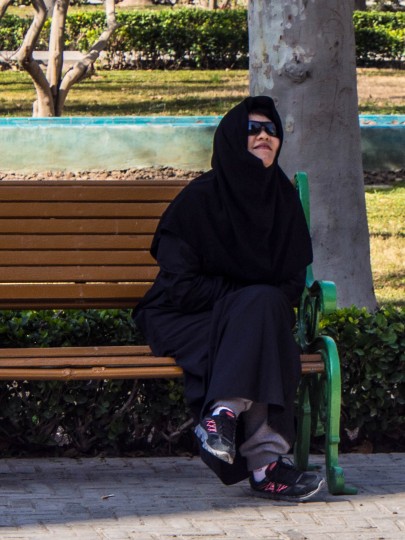
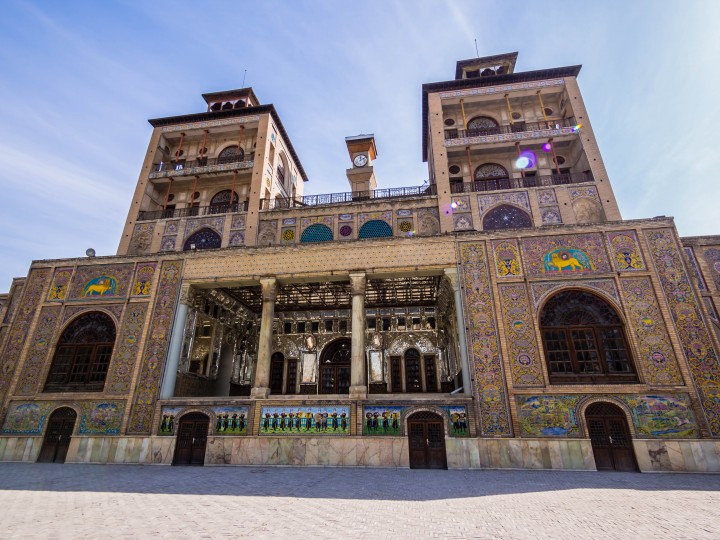
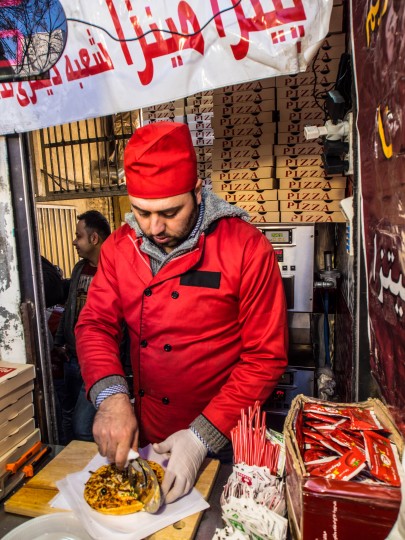
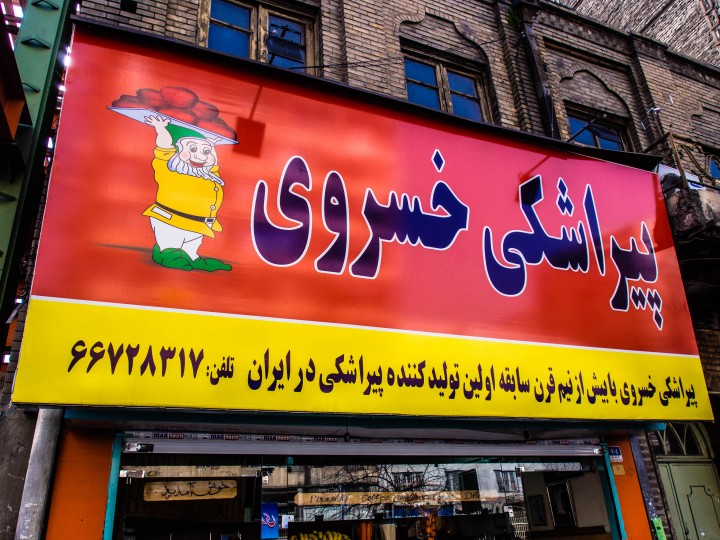
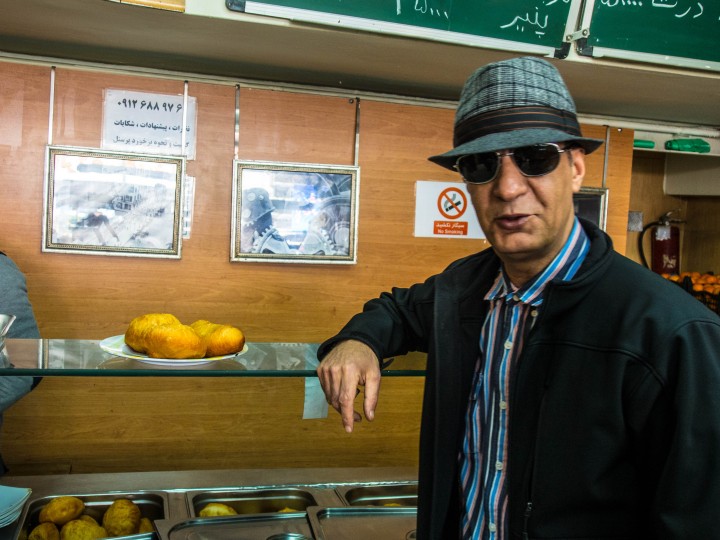
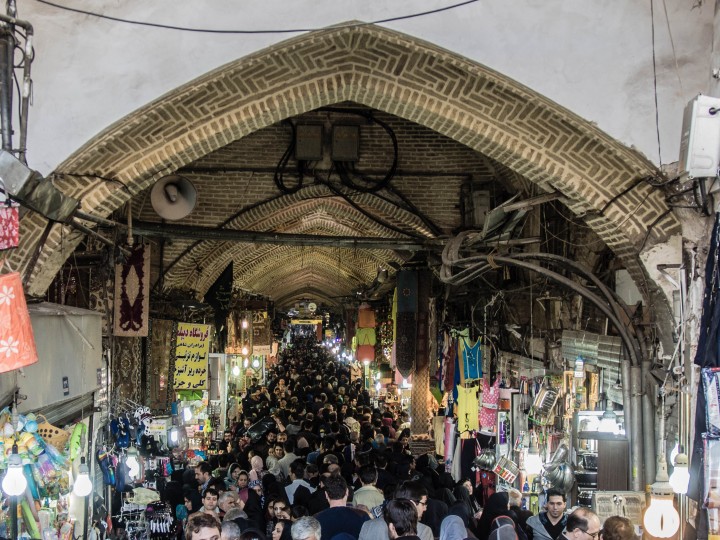
2 thoughts on “Whatever You Think You Know About Iran…. You’re Probably Wrong.”
Really nice. I knew it was all our USA media. Bring back some sweetes.
This is one of my favorite posts so far! Really great photos – I’m totally jealous! I can’t wait to go!
Also, I hope you got a print of that skeleton statue of liberty – it’s awesome!